How to Grow Your YouTube Channel in 2021
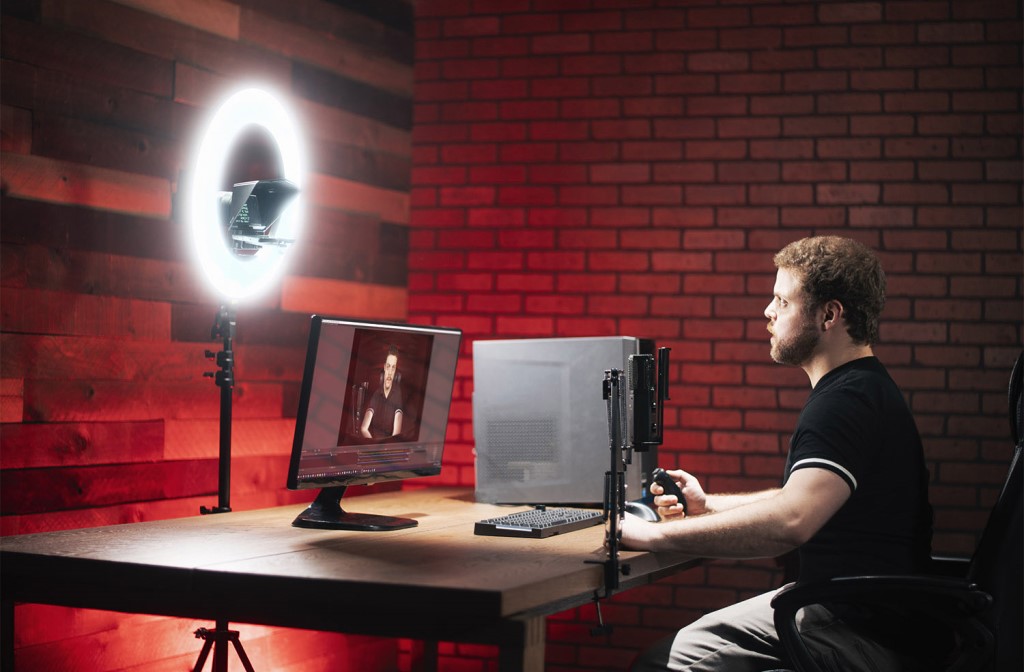
Social media promotion is a great way to increase your business visibility, YouTube is one of the best social media sites for promoting photography businesses. Learn how to grow your YouTube channel with these simple YouTube tips for 2021.
Using a YouTube channel isn’t a one and done effort, you have to keep adding content to grow your YouTube channel by getting repeat viewers and new subscribers. Here are five methods how to get your youtube channel noticed and how to get more youtube subscribers:
- Brand your channel
- Add branded thumbnails
- Call to action subscribe
- Craft a great welcome trailer
- Use a teleprompter
Brand Your Channel
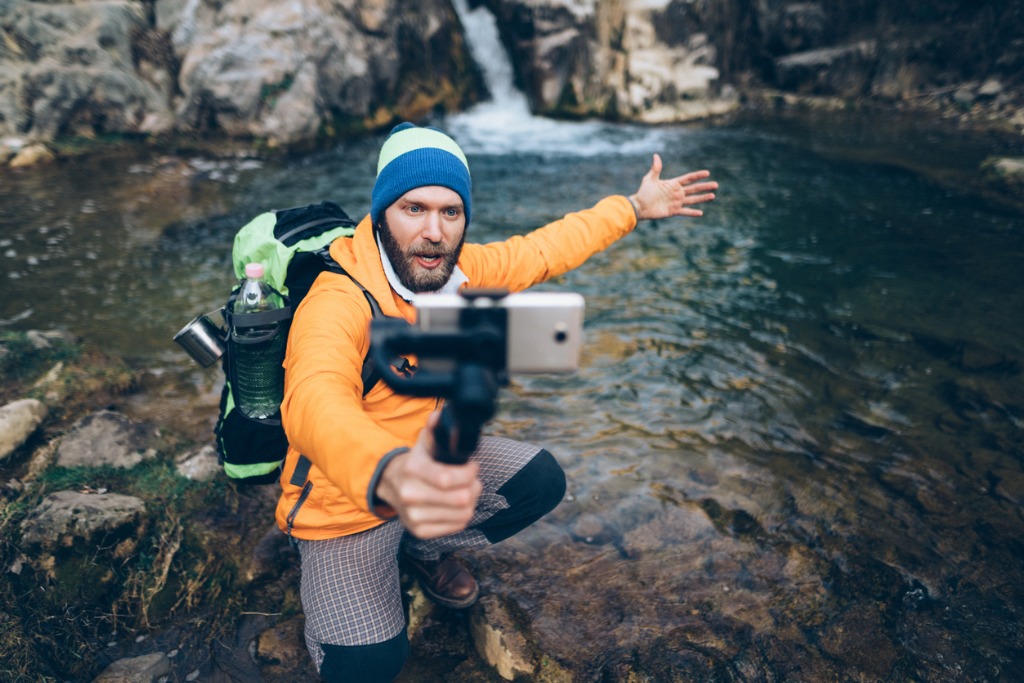
photo bymartin-dm via iStock
What does it mean to brand your YouTube channel? The same thoughts for creating your business brand applies as tips for YouTubers. Your business already has a niche (or maybe two), and turning that niche into branding makes your business presence more memorable. Being more memorable leads to more business opportunities which leads to more business success.
Carry that existing branding onto your YouTube channel by creating high-quality videos that highlight to your viewers what your business is all about and show a consistency of content. Most of the best methods to grow your YouTube channel will center around branding and quality content.
Add Branded Thumbnails
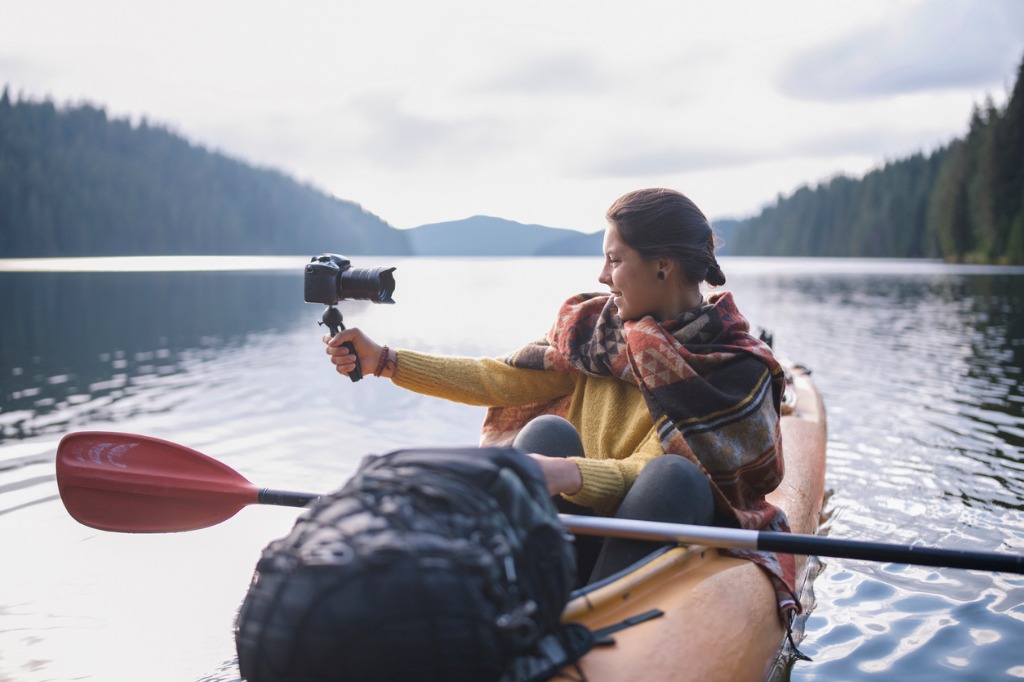
photo byArtistGNDphotography via iStock
Adding branded thumbnails to your videos can cement your brand in the minds of viewers. Every time a video shows on your YouTube channel, if viewers see your brand as a thumbnail, it will stick in their mind and make them more likely to remember you.
In order to imbed thumbnails into your videos, you will need to have quality images that say something about your brand, niche, or business. Make them interesting, something that grabs a viewer’s attention.This is a fantastic way how to get your YouTube channel noticed.
Learn More:
Call to Action: Subscribe

photo byfizkes via iStock
Now that you have your viewer’s attention with branding and thumbnails, give them something to do as a call to action. A call to action means you guide a potential client to doing something that benefits your business.
On a business website, a call to action could be a click to buy or book a session. On your YouTube channel, a call to action that asks for a subscription is one of the best ways of how to get more YouTube subscribers. Having more subscribers means more people will see your videos and thus more likely to fulfill another call to action later.
To grow your YouTube channel, you want to hang on to those who are already seeing your videos, which is accomplished by having them complete a call to action of subscribing to your channel.
Create a Great Welcome Trailer

photo byRgStudio via iStock
Before you can get people to subscribe to your YouTube channel, you must grab their attention through the search engine and by having a superb welcome trailer. The welcome trailer is that short introductory video that is the first thing many searchers will see about you or your business on YouTube.
A welcome trailer should be very high quality, clearly state something about you and your brand, and it only needs to be about a minute long or even shorter. The main goal is to get them to see you and then stay and look at your other videos.
Use a Teleprompter
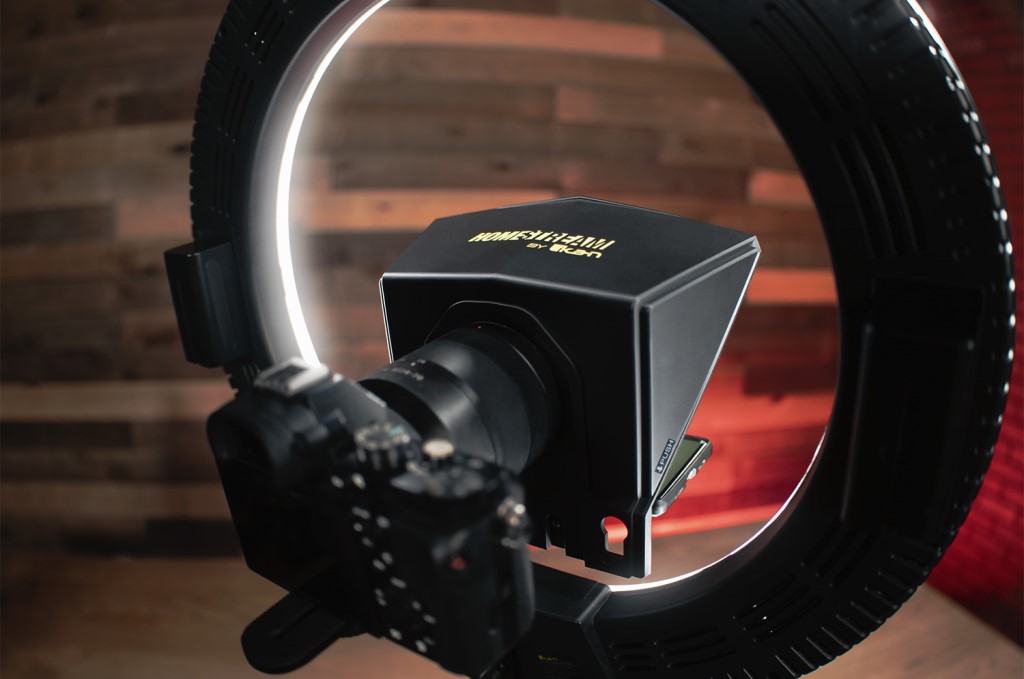
One of the most effective techniques for making excellent YouTube videos is to increase the professionalism of your YouTube videos by maintaining eye contact with the viewer. Think about eye contact. If you were speaking to a client in person, you would naturally have eye contact. A teleprompter allows you to have eye contact on camera with viewers you can’t see, the end result being a very professional appearance.
Teleprompters have been used by newscasters, politicians, and actors for decades, and now there are cost effective teleprompters you can use with your existing vlogging equipment. Ikan’s HomeStream Smartphone Teleprompter HS-Prompter-RL is a fantastic addition to your vlogging rig.
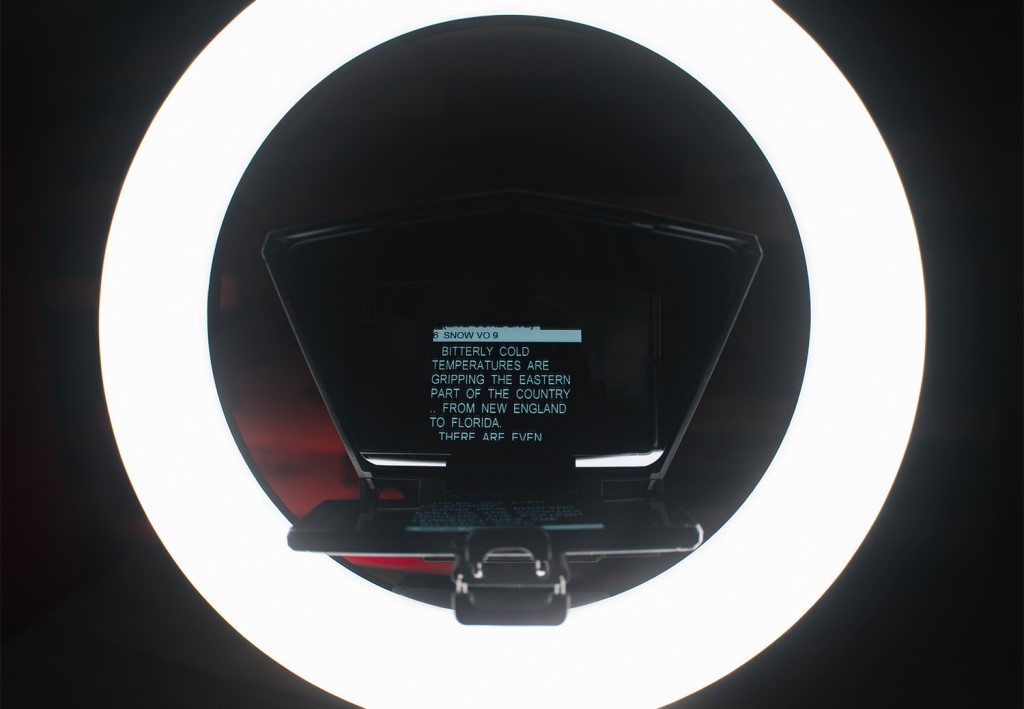
It is only about the price of a good accessory lens and includes an 18-inch ring light which gives shadowless light for filming yourself talking to your audience.
Any size camera from a smartphone to a medium-size DSLR fits in the bracket for filming and a smartphone or small tablet fits into the bottom part of the teleprompter. A beam splitter allows the camera to shoot through a screen onto which your script is displayed, letting you have perfect viewer eye contact while recording your YouTube video.
Social Media Marketing

photo bypixelfit via iStock
Social media marketing techniques such as the five YouTube tips presented here will help you grow your YouTube channel in 2021 and increase your business success. We have many other marketing and vlogging tips that could help you grow your business. Be sure to check out the articles in the Learn More sections for additional tips!
Learn More:
- 4 Must-Have Accessories for Shooting Video
- Types of Microphones for Vlogging
- Essential Camera Accessories for Vlogging
We Recommend
On-Camera vs Field Monitors: Which is Best For You?
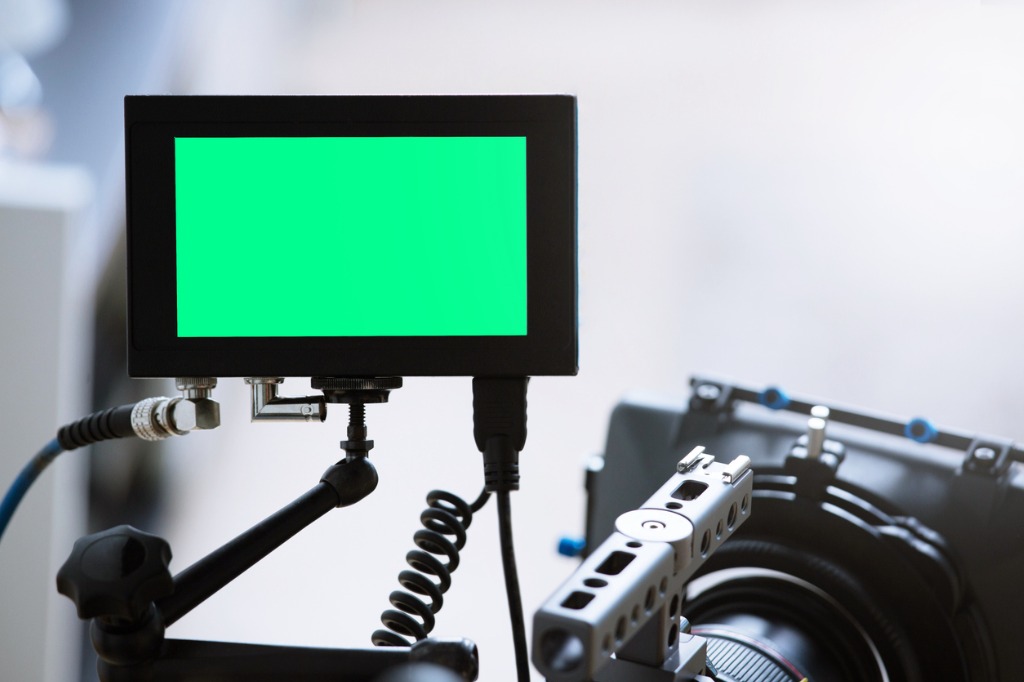
photo byRattankun Thongbun via iStock
Professionals and other serious videographers often find themselves wanting or needing a better method of viewing than the on camera viewscreen, especially if they shoot with the camera mounted inside a camera cage.
Two common types of videography gear for improved viewing are a field monitor and an on-camera monitor.
Considering on-camera vs field monitors, what type will work best for you?
Why Use Accessory Monitors?
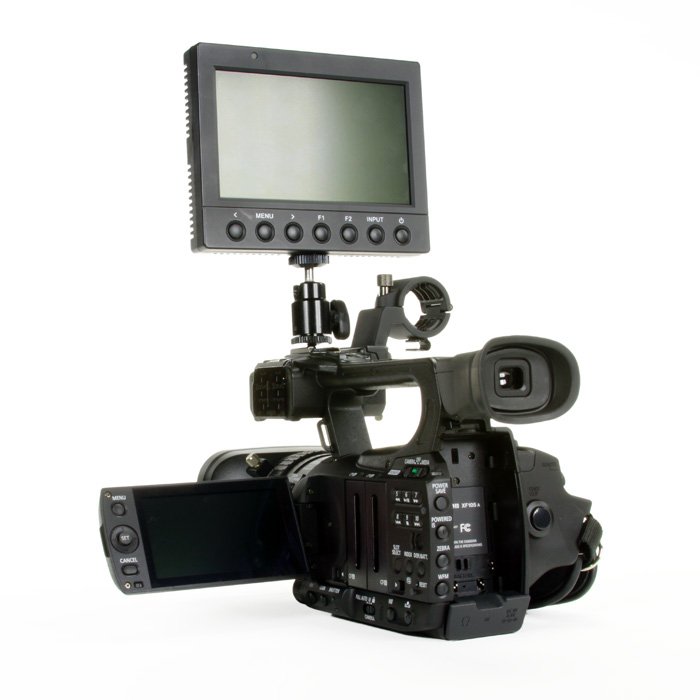
There are several reasons why videographers use accessory monitors. A big reason is because once you put your DSLR or mirrorless camera inside a camera cage, the rear view screen is hard to access and see.
This may not be due to the cage limiting access - most of them designed for a specific camera grant access to all important camera features - but because the camera often becomes just a small part of the entire rig. So, an external monitor is connected to the camera.
Another good reason for using an on-camera monitor or a field monitor is that these monitors have extra features that assist with making videos. The larger size is beneficial for framing shots, for focus checking, and for viewing from a greater distance from behind the camera.
External monitors can also be turned up brighter, which is very helpful when shooting in high ambient light levels. External monitors have an additional benefit useful for shooting in the field - the image can be seen from a greater angle, side to side or up and down.
Differences Between On-Camera vs Field Monitors
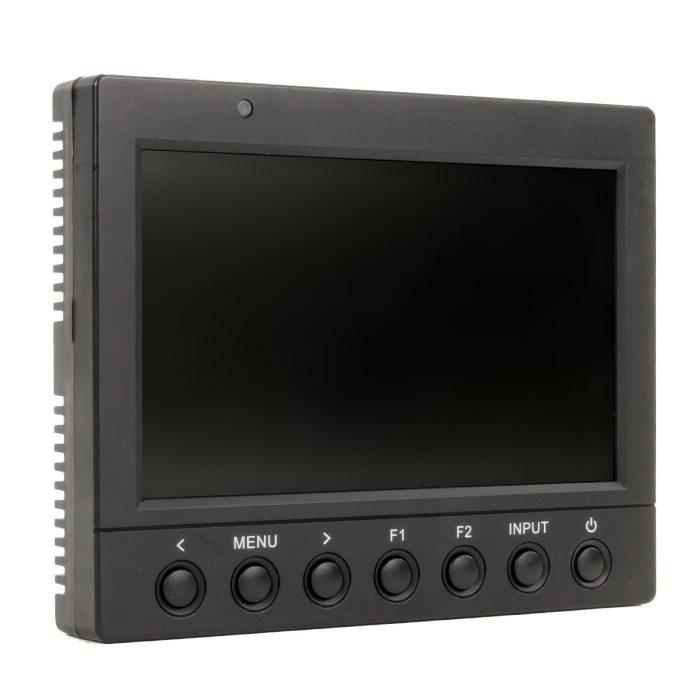
That’s a pretty list of reasons why videographers use external monitors. Now let’s examine the differences of on-camera vs field monitors.
The biggest difference is that an on-camera monitor is designed to be mounted on the camera or camera cage while a field monitor isn’t limited in size and weight in order to fit on the camera.
A field monitor can be mounted anywhere near the camera, on a separate tripod or stand or even on a table. You just need a long enough cable. With wireless video transmission, you aren’t even limited by the requirement to be close enough to the camera for any length of cord.
Because of this difference, a field monitor is not limited in size or in weight, and not even in power requirements since a wirelessly-attached monitor can be plugged into a wall or floor power socket.
Additionally, many field monitors will include extra features for live viewing or for playback. There simply may not be room for the controls of such features on a smaller on-camera monitor.
Learn More:
Best of Both Worlds
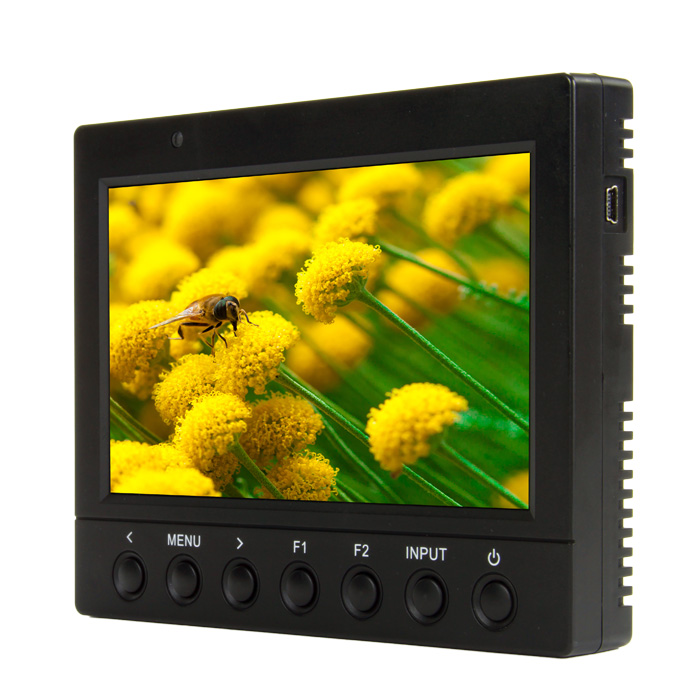
What if, instead of debating with ourselves the benefits of on-camera vs field monitors, we could have the best of both worlds? In other words, a monitor with features and a fairly large size like a field monitor with the smaller weight and battery power options that allow easy on-camera or camera cage mounting.
It does exist, the Ikan VK5 video monitor is an example of one item of videography gear taking the place of multiple pieces of equipment. At 5.6 inches diagonal screen size, this monitor is plenty large for comfortable viewing from a greater distance and for accurately monitoring focus and composition.
The overall size of the monitor stays smaller because it uses a simple row of buttons to access on screen menu controls, allowing all sorts of features while not increasing the size of the casing to accommodate extra inputs.
Battery powered for portability, the Ikan VK5also has the option of AC power via the adapter. Viewing angle of the high resolution screen is comfortable from several degrees to either side or up and down and the brightness of the screen allows for use in high ambient light levels.
Extra features include false color display, DSLR scaling, peaking, clip guide, and multiple inputs. With all of this, it’s still light enough to mount to the camera or camera cage. Plus, the price is very budget friendly, in the same ballpark as high quality LED DMX lights.
Videography Gear Resources

photo bygorodenkoff via iStock
Whenever I’m considering new videography gear, I have a few favorite places I usually go to first. One of them is Ikan. What makes Ikan such a great place to find videography accessories is that the company was founded and is run by people who are photographers and videographers themselves.
Much of the videography gear, lighting, and accessories they market on their website is designed by or completely made by them so they are able to offer to the public very high quality professional videography gear at prices that are lower, sometimes substantially so, than products from other brands.
I’ve done personal tests on a lot of the different gear that Ikan offers, such as sliders, DMX lighting, microphones, video tripods, lens filters, teleprompters, powered stabilization gimbals, and wireless video monitor systems. Many times, I end up liking the gear enough to pick it up for using in my own professional videography projects.
So, whether you’re comparing on-camera vs field monitors, designing a DMX lighting studio, or looking for the perfect handheld gimbal, Ikan is a good site to consider.
Learn More:
We Recommend
The Best Video Camera Bags
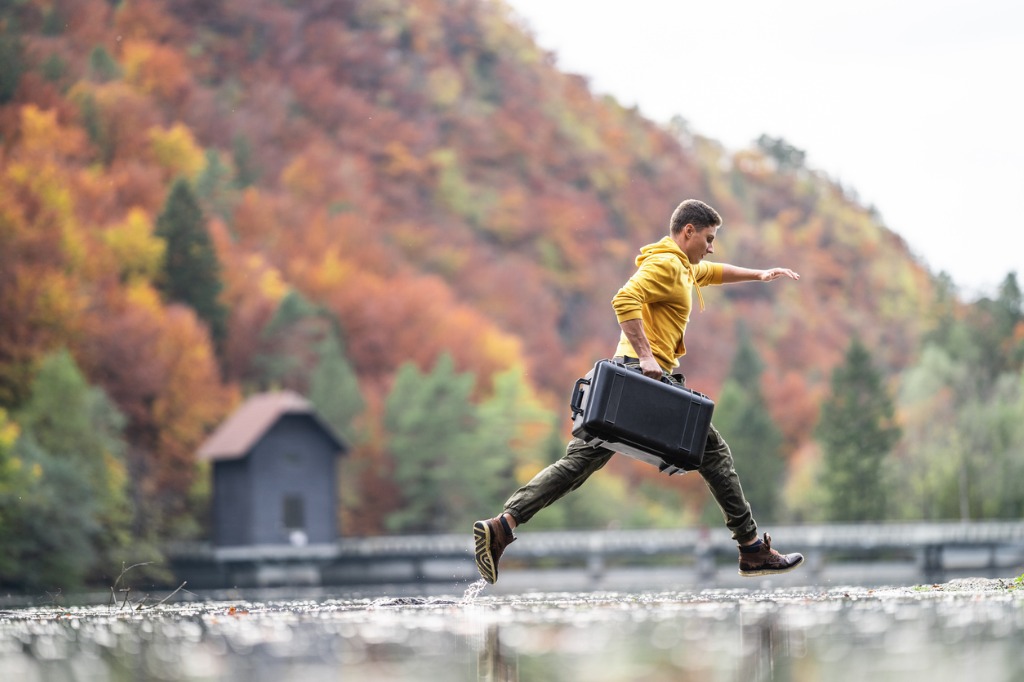
photo bySimonSkafar via iStock
One of the best investments you can make when it comes to camera gear is a top-notch video camera bag. With the market absolutely flooded with options, though, how on earth are you supposed to know which one to buy?
Well, you are in luck! That’s exactly why I created this ultimate guide detailing the top video camera bags - to separate the best from the rest and help you make a knowledgeable and informed decision.
So, without further ado, let’s dive in and take a look at what video camera bag will best suit your needs!
Table of Contents
- Best Video Camera Bag for Everyday Use
- Best Video Camera Bag for the Outdoors
- Best Video Camera Bag for Travel
- Best Video Camera Bag for Gearheads
- Other Fantastic Video Camera Bags to Consider
Best Video Camera Bag for Everyday Use
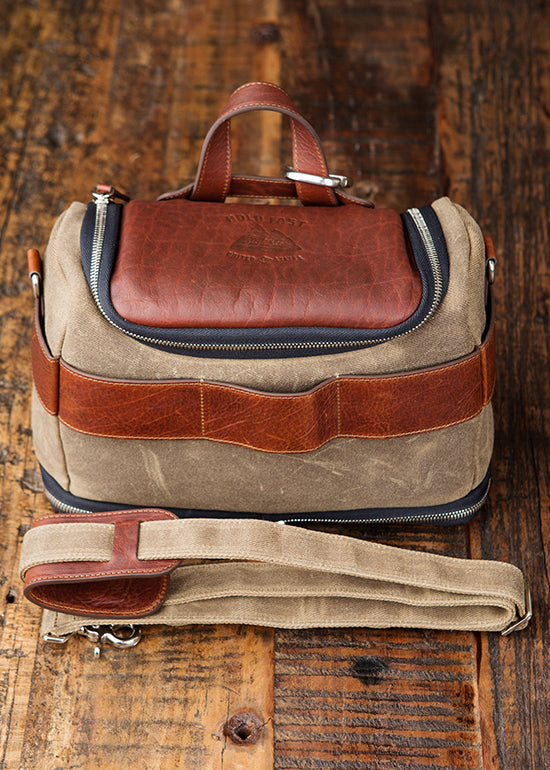
If you are on the hunt for the ultimate video camera bag for everyday use, my runaway favorite is the Sightseer Camera and Lens Modular System. Not only is it comfortable and stylish, but it also happens to be the most versatile set-up I’ve ever used!
It’s a beautiful shoulder bag crafted out of high-quality waxed canvas, American bison leather, and Aztec flannel fleece. Looking inside the bag, the main compartment is super spacious and can easily hold your camera with an attached lens as well as one or two additional lenses.
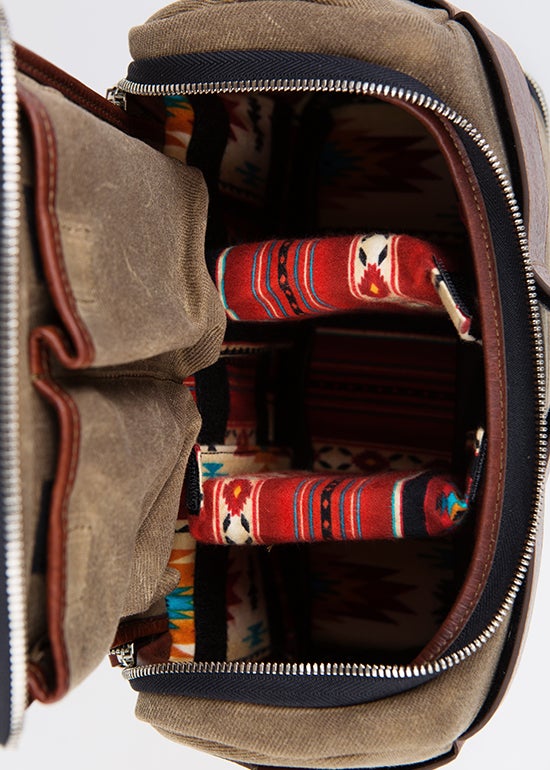
One problem many small video camera bags often run into is not being able to fit larger telephoto lenses. Guess what? You won’t have to worry about that with this one! It has an expandable bottom that can be unzipped and adds an additional 3” to the height of the bag.
Far and away, the coolest feature of the Sightseer Camera and Lens Modular System is its adaptability and how well it pairs with other Holdfast products. For example, by attaching the matching Sightseer Cell Pouch or any of the Sightseer Lens Pouches, you can quickly and easily expand the amount of gear you can carry.
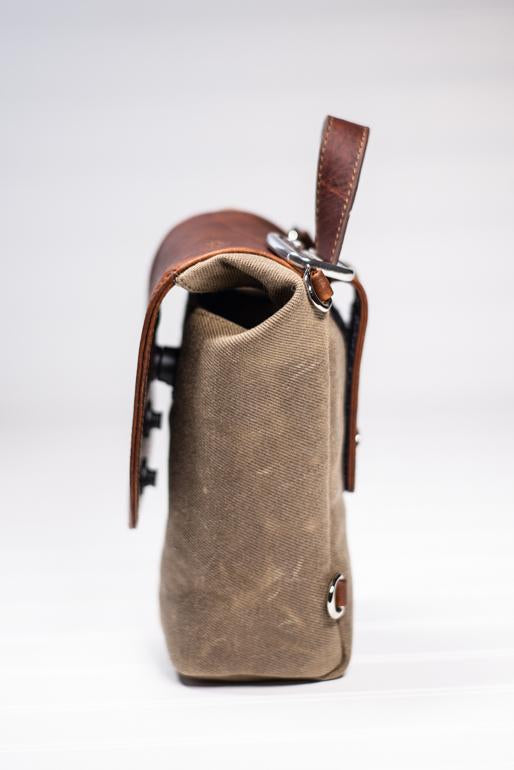
Have a large kit and need even more space? Pair this video camera bag with one of the Holdfast Moneymaker Straps or the Sightseer Backpack System, and you will never be short on space ever again.
Best Video Camera Bag for the Outdoors
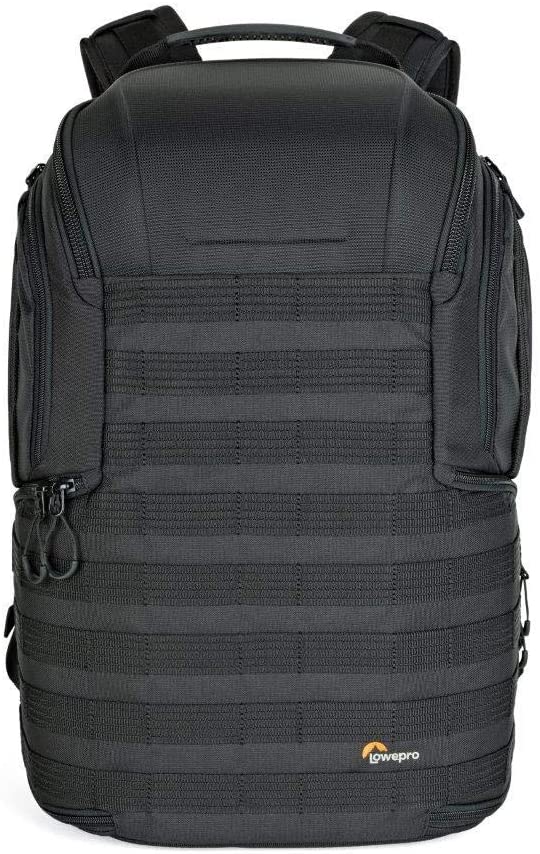
The Lowepro Pro Tactic 450 AW II is an updated version of what already was an extremely popular backpack, and if you are an outdoor enthusiast, it’s about as close as you will ever find to the perfect video camera bag.
It utilizes a lightweight FormShell construction to ensure your gear always stays protected while also using LowePro’s patented ActivZone technology in order to deliver maximum comfort even when worn for extended periods of time.
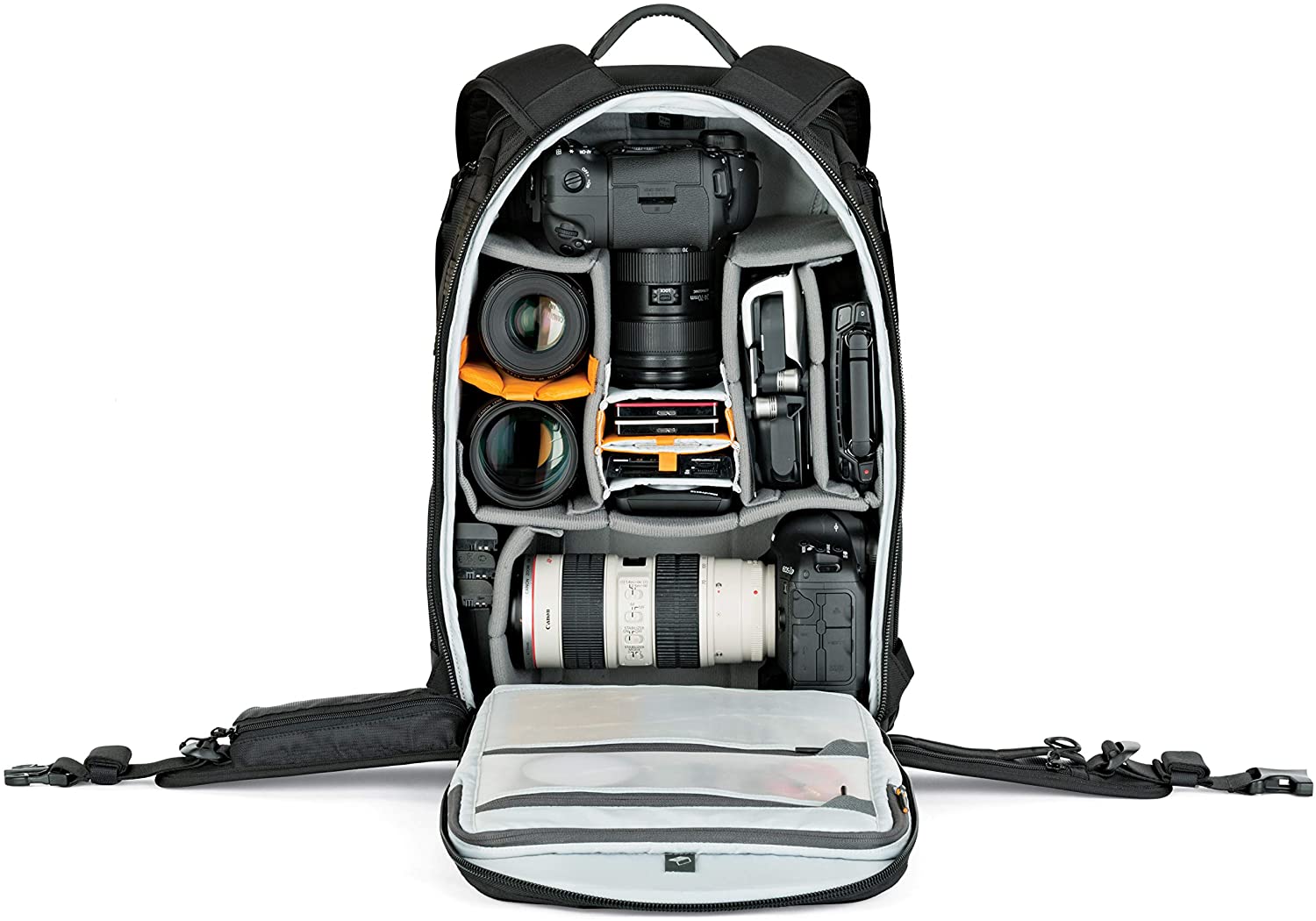
The internal compartment is huge, completely customizable thanks to adjustable velcro dividers, and can be accessed via four different entry points. One or two cameras, multiple lenses, a drone, and more can all effortlessly fit into this amazing video camera bag at the same time.
Additionally, on the outside of the bag, you will find the numerous SlipLock loops super handy. They can be used to attach a wide variety of accessories, including tripods, water bottle holders, lens pouches, and other attachments specifically designed for this modular backpack system. If all that wasn’t enough, it also includes a built-in all-weather cover for when the going gets tough.
Learn More:
Best Video Camera Bag for Travel
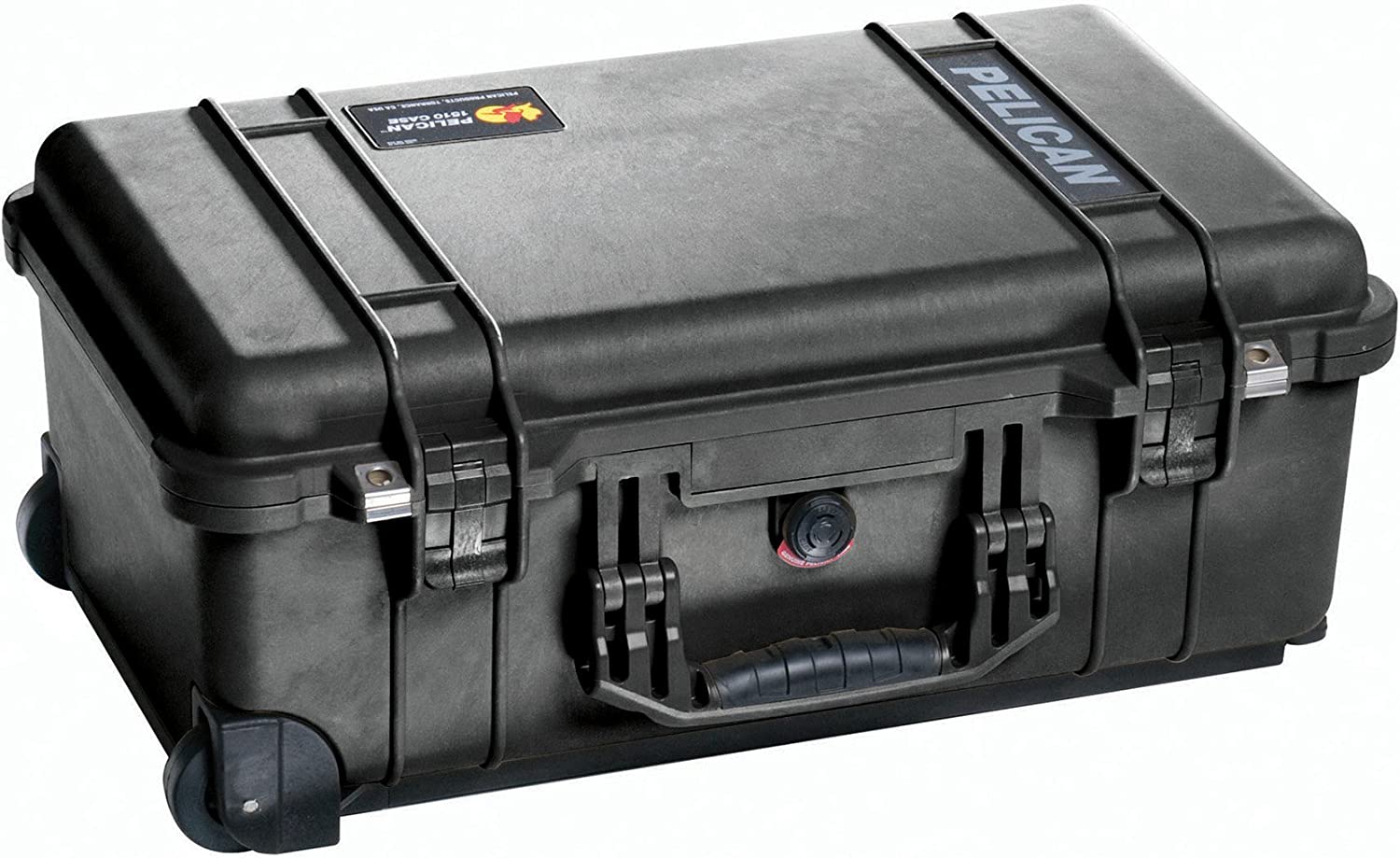
Cameras and camera gear are expensive, sometimes ridiculously expensive, so if you want a pro video camera bag that provides ultimate protection, the Pelican 1510 is for you. Pelican has been the global leader and most trusted brand when it comes to protective cases since 1976, and the Pelican 1510 is just one more reason why.
It’s a rugged case built out of an incredibly strong and durable polypropylene material meant to protect your gear even in the harshest of environments. Furthermore, it’s watertight, dustproof, crushproof, and features an automatic pressure equalization valve which helps keep water out and balance the interior pressure when flying.
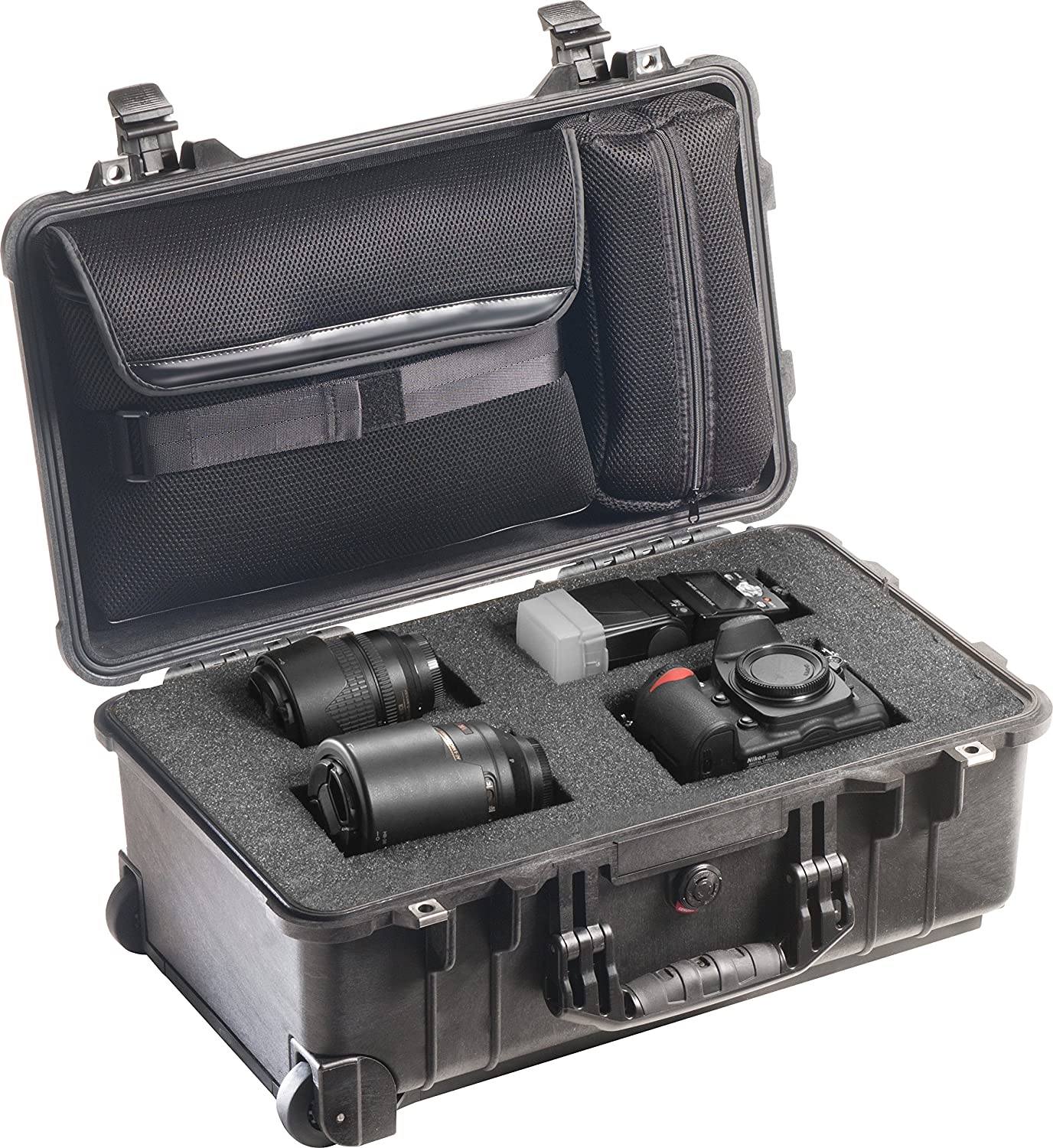
Speaking of travel, this camera carry case has two wheels, a retractable handle, and meets all major airlines carry-on size requirements, which makes it the perfect companion when traveling with your camera kit.
Lastly, every case comes with a foam insert that can be customized to fit your kit. However, if you want more space or more options when packing your gear, you can swap out the foam for the Trekpak Case Divider System or add additional items like the mesh lid organizer or laptop lid sleeve.
Best Video Camera Bag for Gearheads
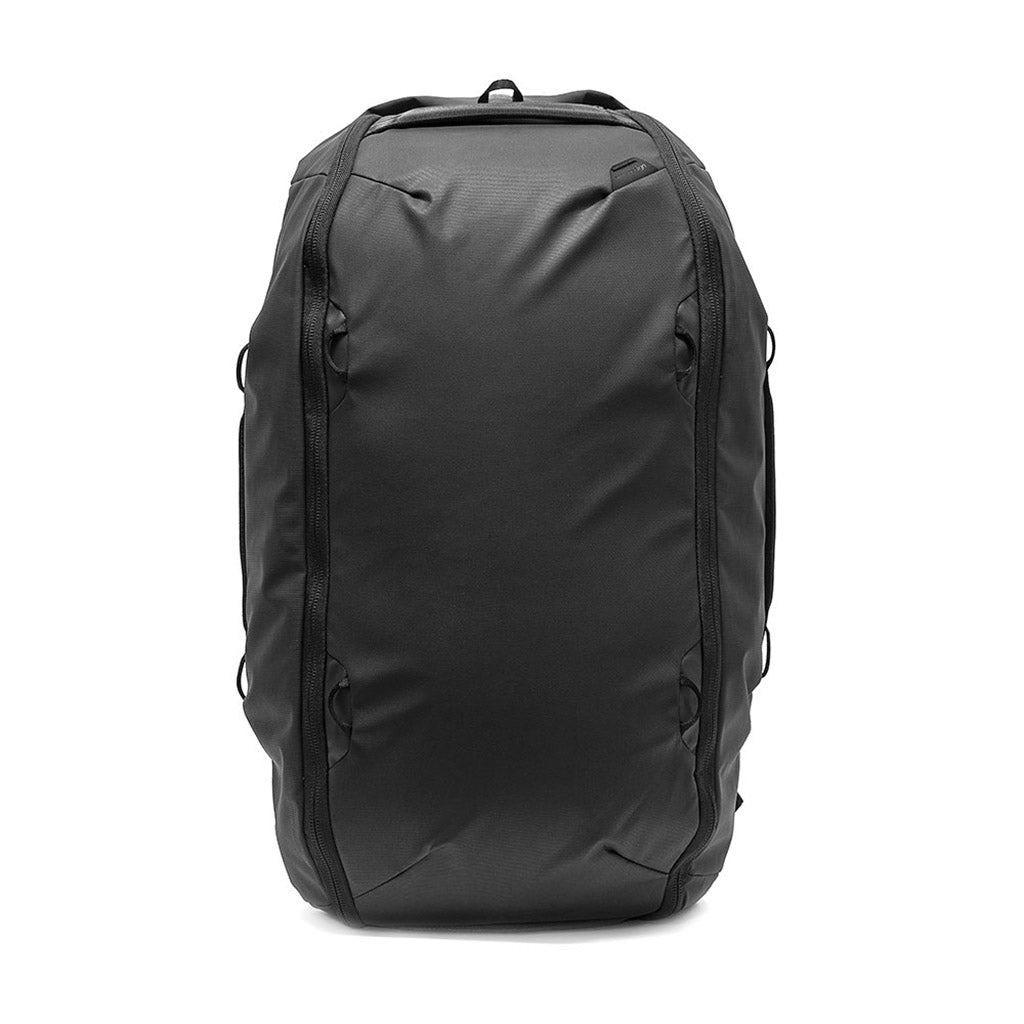
If you are one of those people who just can’t get enough of camera gear and are dead set on lugging around every last bit and bob (I know because I’m one of them!), hands down the best video camera bag is the revolutionary Peak Design 65L Travel Duffel pack.
With a massive 65-liter maximum carrying capacity, you will always have more than ample space for your gear and will never need to choose between this or that ever again. Although it’s technically not designed strictly for cameras, Peak Design is one of the most innovative camera gear companies on the planet, and their Camera Cubes pair excellently with this bag.
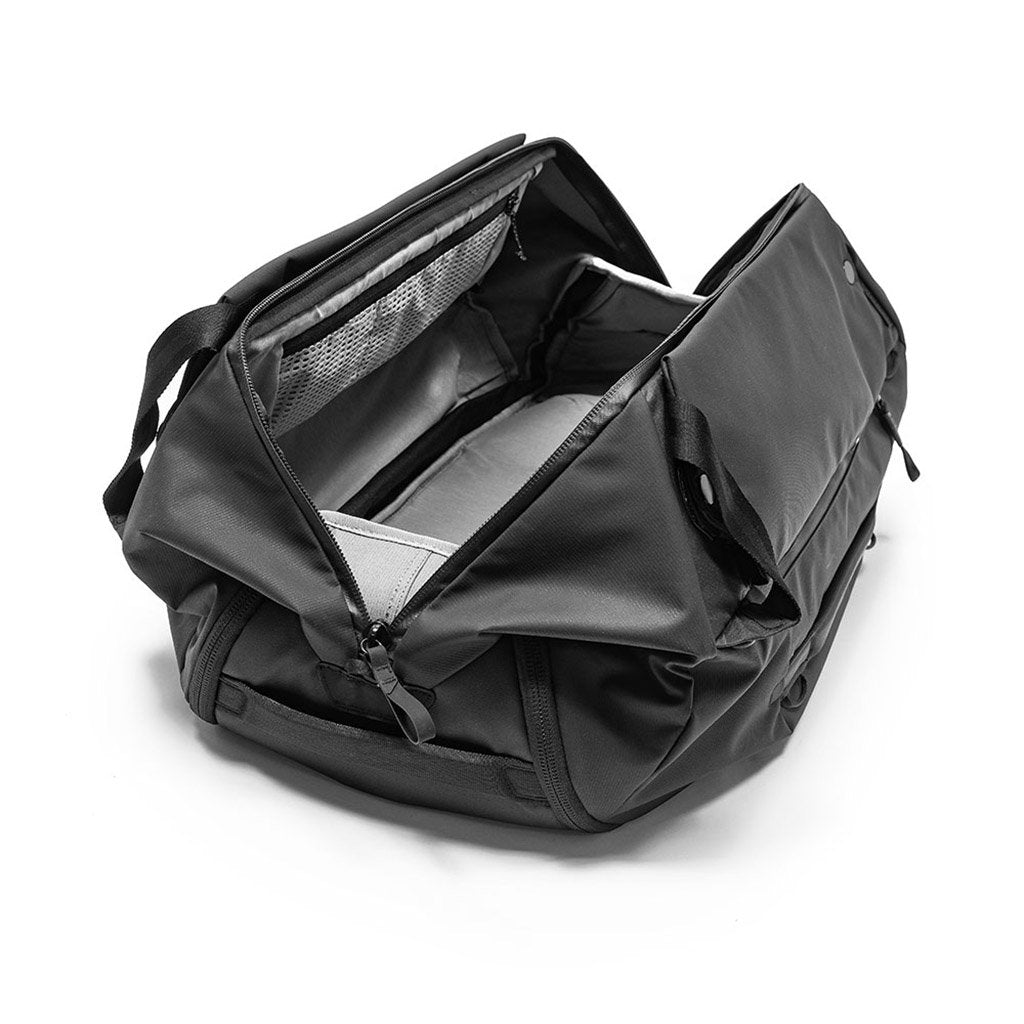
Moreover, they also have a wide array of other pouches and cubes ideal for safely storing any additional items you may want to chuck into this gargantuan camera pack. Some of the most popular ones include packing cubes, field pouches, tech pouches, shoe pouches, and wash pouches.
Other terrific features you’re sure to love are the super comfy, padded shoulder straps and waist straps that can be tucked away whenever you don’t need them. In case you needed any more convincing, the bag also has a weatherproof build, grab handles on every side of the bag, and countless small pockets for better organization.
Other Fantastic Video Camera Bags to Consider
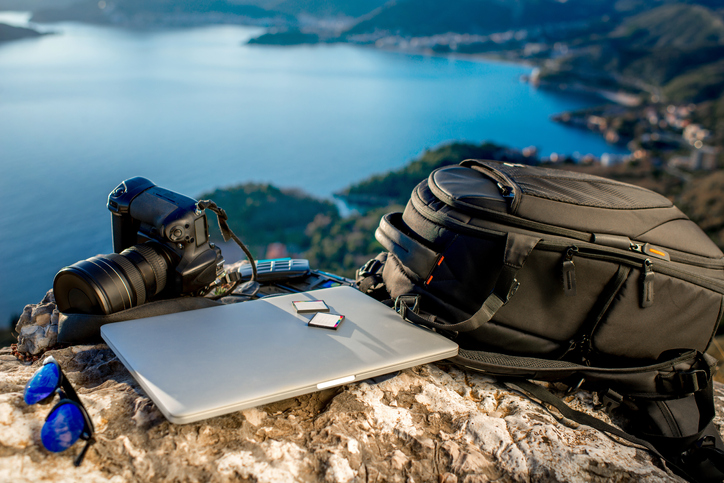
photo byRossHelen via iStock
With more and more tremendous video camera bags being designed constantly, those are far from the only options out there. If you still haven’t found quite what you are looking for, check out these other great video camera bags:
- Holdfast Sightseer Backpack
- Lowepro Pro Trekker RLX 450 AW II
- Shimoda Designs – EXPLORE 40
- Manfrotto Pro Light Reloader Switch-55
- Mountainsmith Tanuck 40L Camera Backpack
Learn More:
We Recommend
What is Botswana Known For?

Photo by David W. Shaw
If you’ve never traveled to Botswana, you might wonder what it’s primary features and attractions are.
For photographers, this incredible country has many highlights that make it an ideal place to tour with your camera.
From breathtaking landscapes to an incredible diversity of wildlife, there is no lack of subject matter for photo-taking.
So, what is Botswana best known for? Let’s find out…
Botswana is Known for Elephants
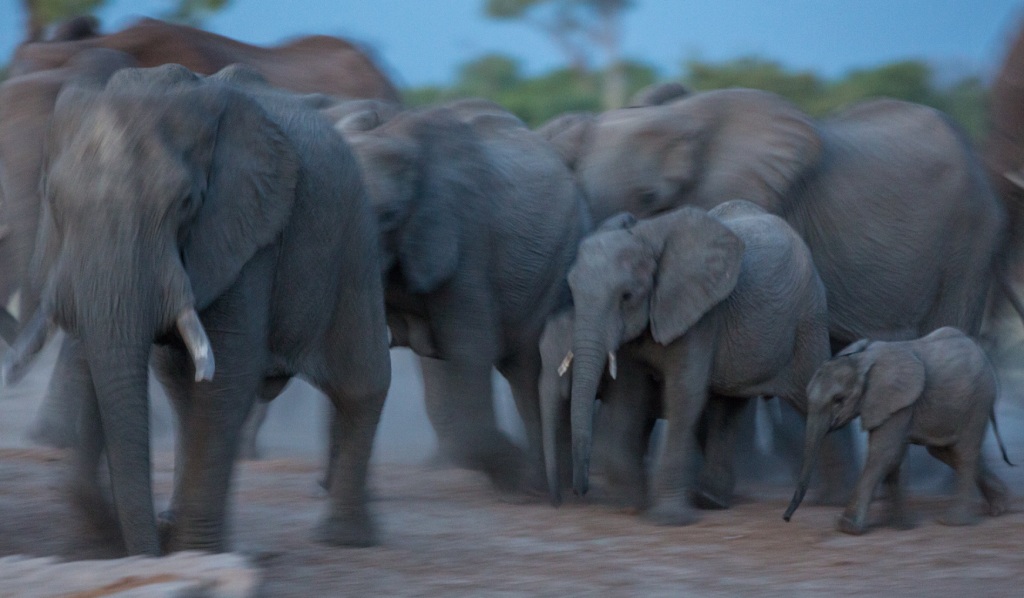
Photo by David W. Shaw
If it’s elephants you want to photograph, Botswana is your destination.
With the largest population of elephants in Africa, there are many different locations in this country where you can observe and photograph these massive beasts.
One of the best locations to see elephants is along the Chobe River. Along with many of Africa’s other wildlife, elephants frequent the river to drink and cool off from the heat of the African sun.
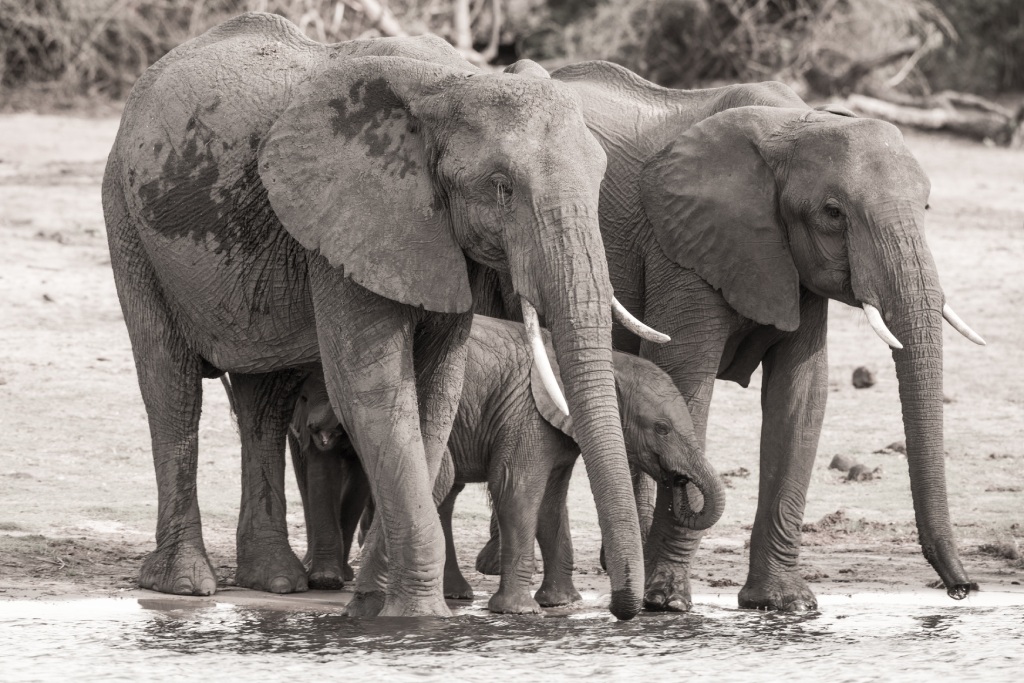
Photo by David W. Shaw
Additionally, the Okavango Delta (more on that later) is a prime area to photograph elephants, which line up along the shore to drink the cool water.
Botswana Photography Tip: When photographing elephants as they drink and cool off in the river, try doing so from a boat. The on-the-water perspective can often help you create images that are more compelling and interesting to view. In particular, a boat trip up the Chobe River will give you opportunities to photograph many other animals, including cape buffalo, crocodiles, hippos, ungulates, and many types of wading birds. Learn more about how you can photograph elephants and other wildlife in Botswana.
Botswana is Known for Chobe National Park
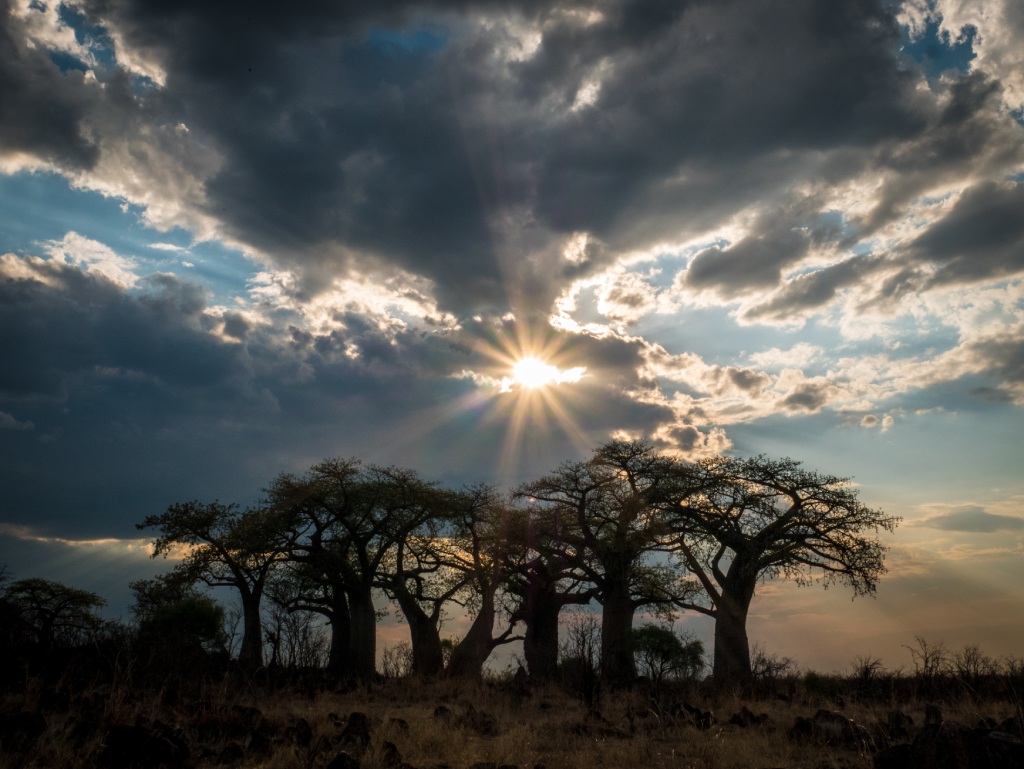
Photo by David W. Shaw
A fun fact about Botswana is that about 17 percent of its land is dedicated to national parks. One of the crown jewels of Botswana’s park system is Chobe National Park.
Prior to becoming a national park, the area was trophy hunting grounds as well as a source of teak wood for the timber industry. Today, both activities are outlawed and the area is a sanctuary.
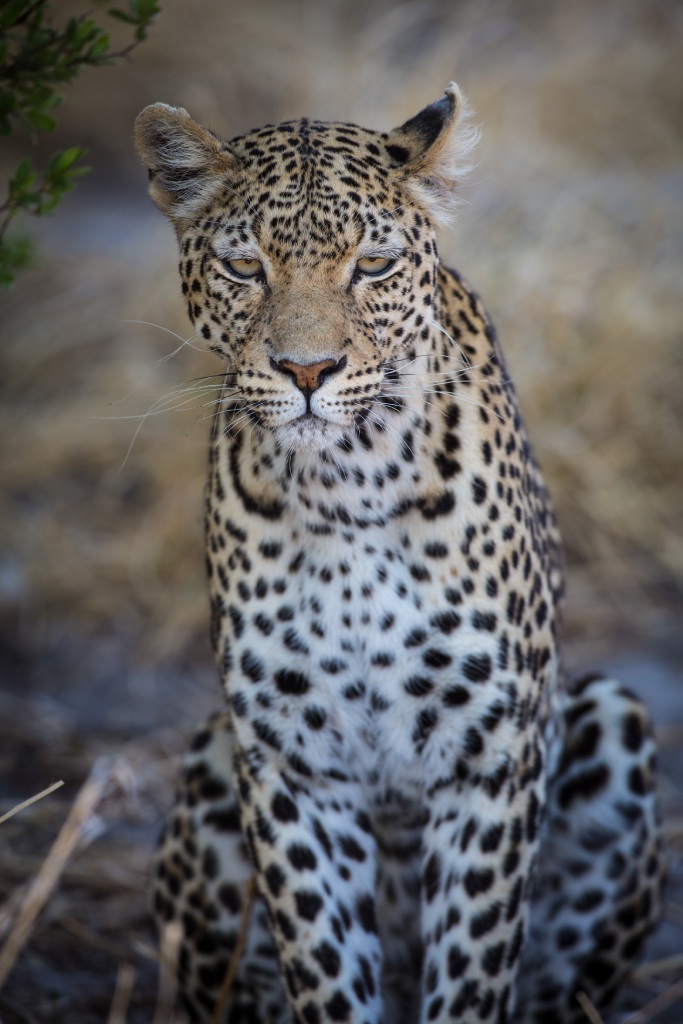
Photo by David W. Shaw
Like many other areas of Botswana, Chobe National Park is brimming with wildlife. In fact, of Africa’s Big Five (lion, leopard, cape buffalo, elephant, and rhino), the rhino is the only one not present in the park.
Botswana Photography Tip: This area has a large bird population and is therefore an ideal place to better your bird photography skills. Try photographing birds set against the setting sun for some spectacular imagery of silhouetted birds.
Botswana is Known for the Okavango Delta
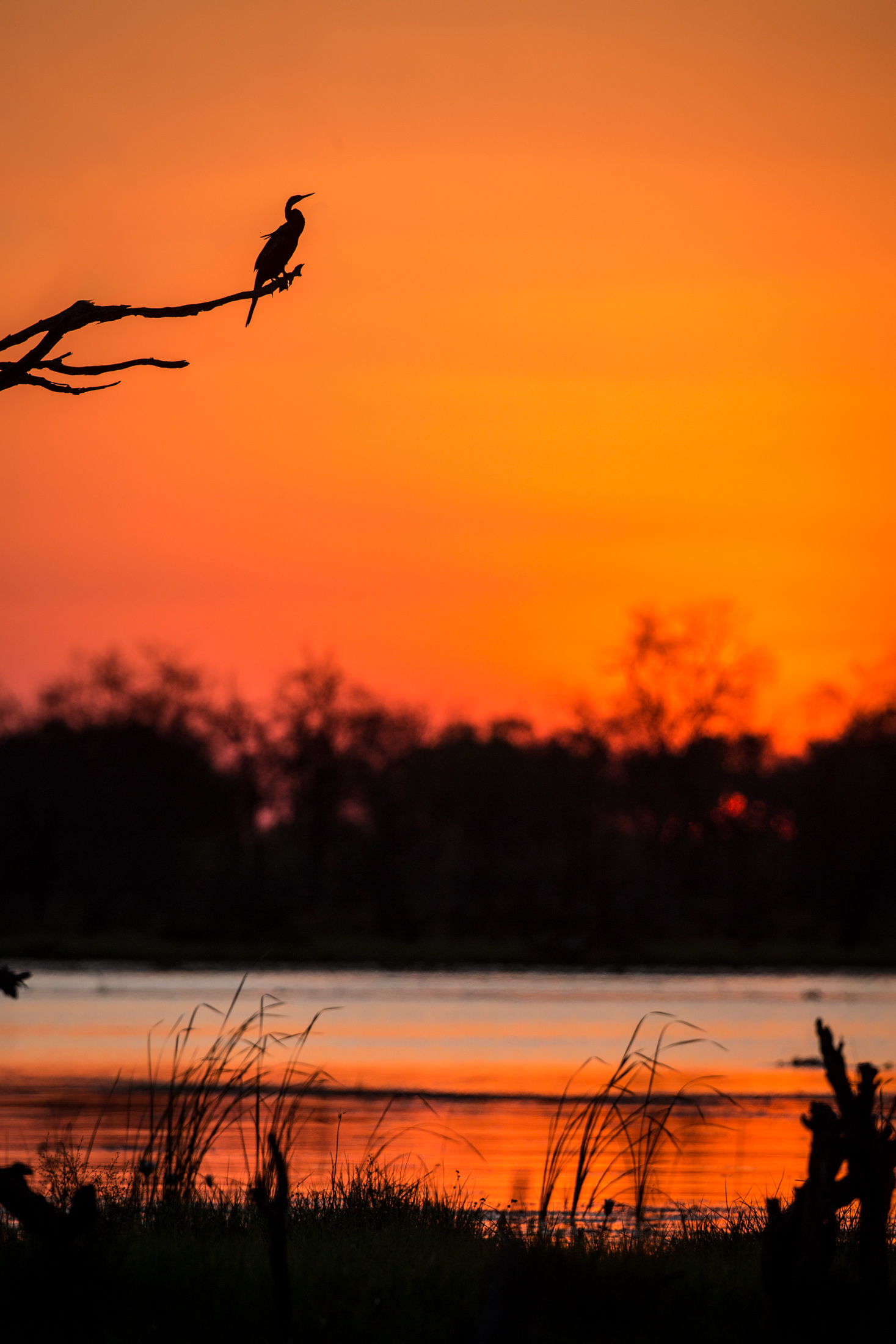
Photo by David W. Shaw
One of the most impressive areas of Botswana is the Okavango Delta, a UNESCO World Heritage Site.
The Delta is created by the Okavango River, which runs through the middle of the Kalahari. It is one of the largest inland river deltas in the world, a lush area ripe with wildlife that contrasts beautifully with the arid landscape of the desert surrounding it.
The abundance of wildlife is attributed to the sprawling grassy plains where many animals migrate to partake of the food sources that are available there. This includes many different species of birds, including Malachite Kingfisher, African Hoopoe, Bateleur, Martial Eagle, and Tawny Eagle.
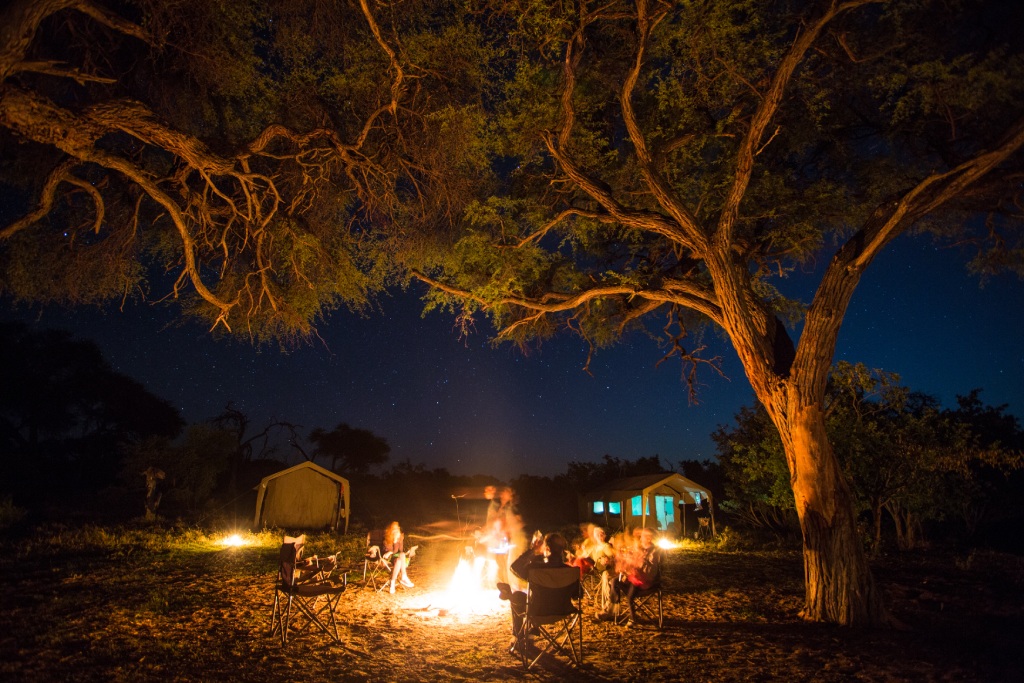
Photo by David W. Shaw
When visiting the Delta, a stay in the Khwai Community Preserve is a must. From waterfront campsites, you can observe innumerable animals as they swarm the area by the thousands to enjoy the riches of the Delta.
Botswana Photography Tip: Be sure to tour the Delta via mokoro canoes, a pole-driven craft that is the traditional mode of transport in this area. Doing so offers you a completely different perspective on the landscape of the Delta than you get from a safari vehicle on land.
Botswana is Known for the Moremi Game Reserve
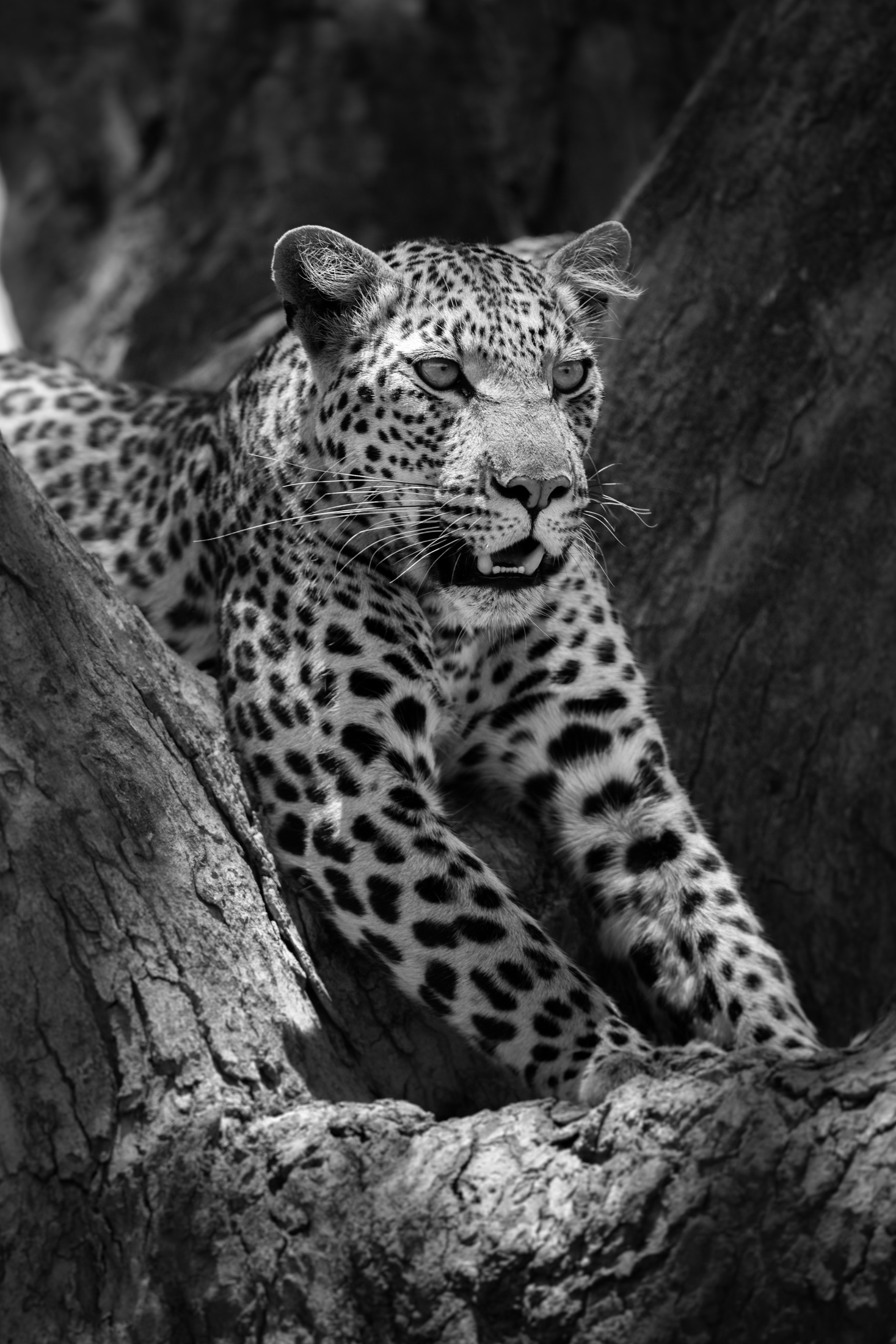
Photo by David W. Shaw
If Khwai doesn’t whet your appetite for the Okavango enough, you can venture further into the Delta and explore the Moremi Game Reserve.
This area is home to some of the densest populations of wildlife in the world, so photographic opportunities are abundant. You’ll see crocodiles, hippos, birdlife, and other animals in and on the water, and on land, you’ll observe rhinos, lions, leopards, and other four-legged creatures.
This area is home to a diverse range of landscapes, including open savannah, forests, and seasonal lakes, so in addition to being a hot spot for developing your wildlife photography skills, you can also practice your hand at photographing many different types of landscapes.
Botswana Photography Tip: When presented with such an incredible array of sights and sounds, it’s tempting to speed up your workflow and start rapid-firing photos in every direction. Instead, practice patience and focus on quality images over quantity. Yes, you’ll have fewer images, but you’ll have better images because of it.
Photography Tours in Botswana
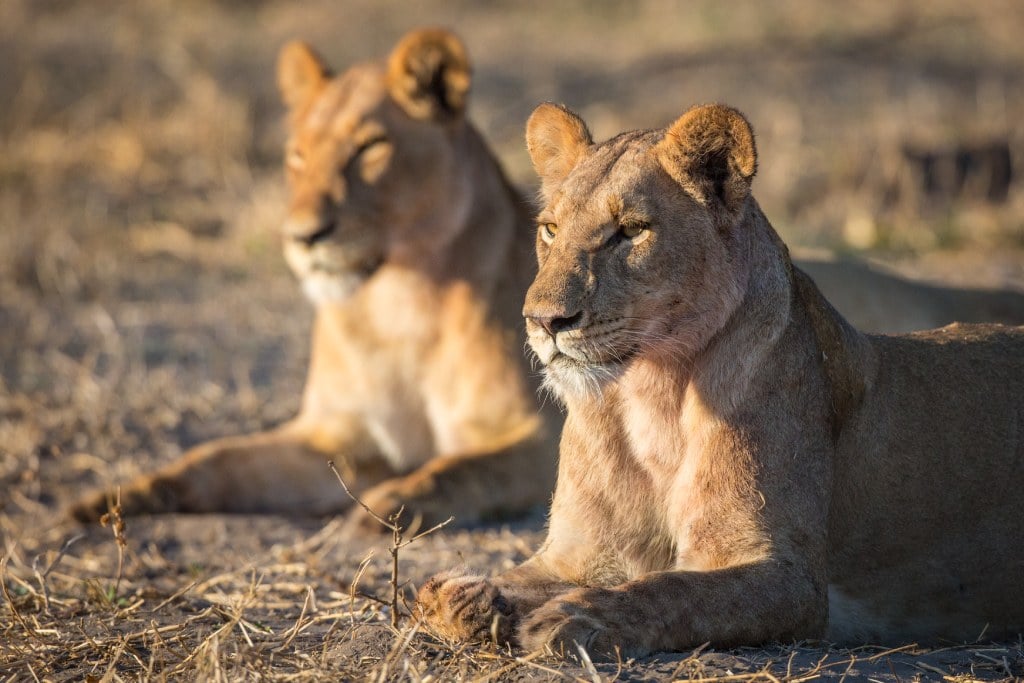
Photo by David W. Shaw
Given the immense beauty of Botswana, it is a hot-bed of photographic activities with many photography tours offered year-round by photographers and guide companies the world over.
When selecting a photography tour in Botswana, it’s important to base your selection not just on the expense and the itinerary, but also on the group size and group leader.
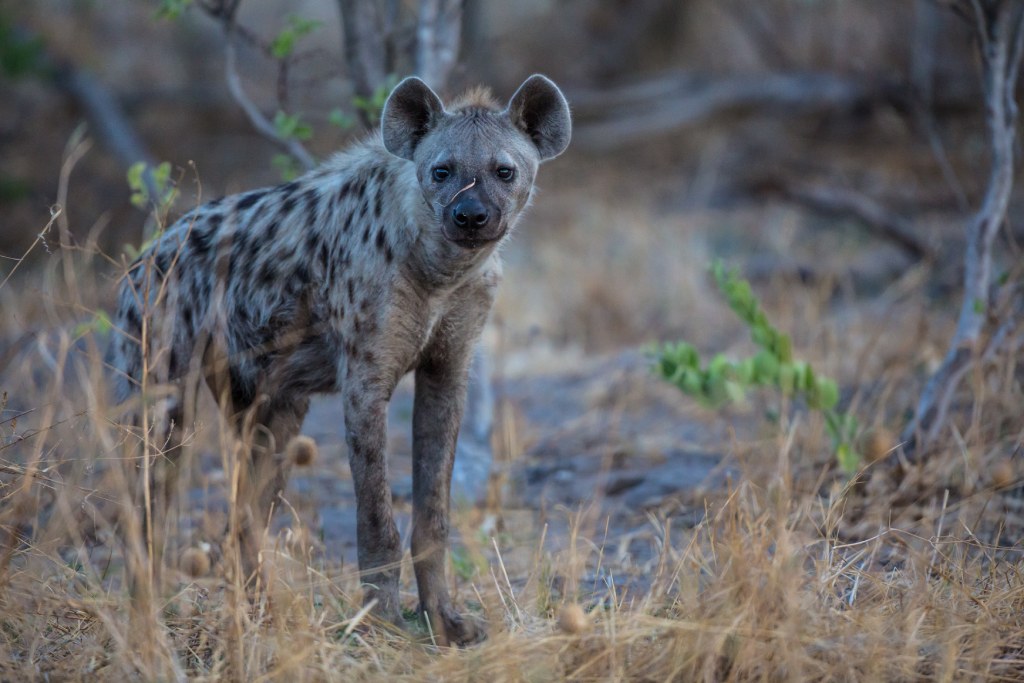
Photo by David W. Shaw
I recently got to know David W. Shaw, whose photos you see throughout this article, and who offers Botswana photography tours.
This guy is the real deal - a professional photographer and biologist whose love for photography is matched only by his knowledge of all things wild.
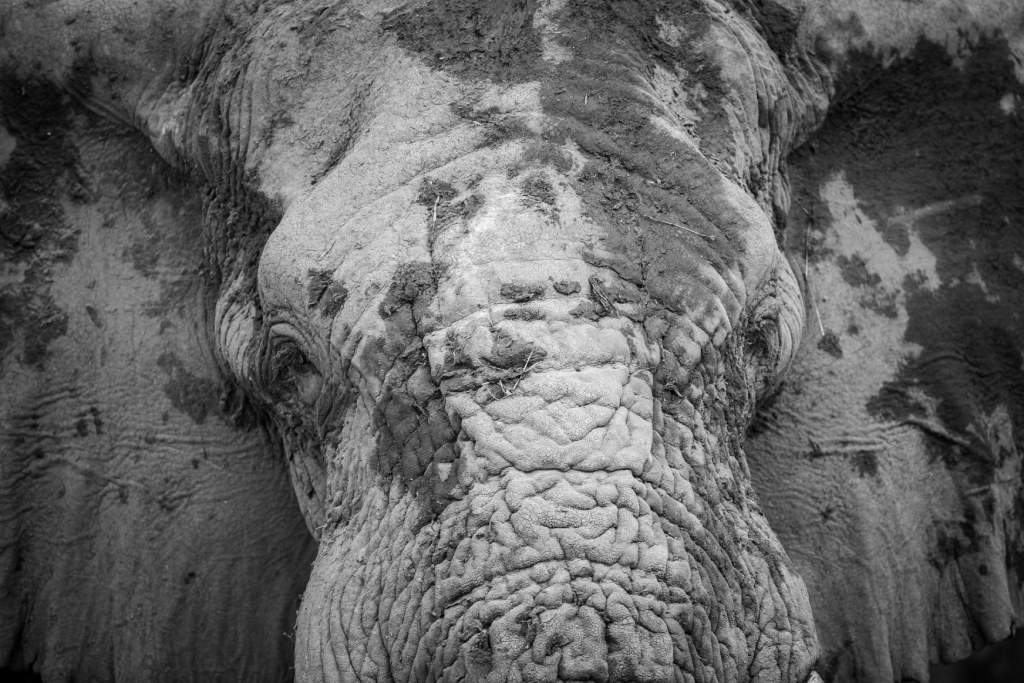
Photo by David W. Shaw
His Botswana tour takes you to each of the locations outlined above and then some. Over the course of 13 days, you’ll be led from one breathtaking location to the next, learning new skills and honing old ones in the field as wildlife surrounds you. From boats and safari vehicles, you’ll explore the wilds of Botswana all the while getting plenty of one-on-one instruction from Dave in a small group setting.
You’ll also visit off-the-beaten-path locations where you can truly connect with nature without the distraction of hundreds of tourists and other photographers.
Sounds great, right?
For more details about exploring Botswana with your camera, visit Dave’s website. You can also learn more about Botswana in Dave’s free ebook, Into Botswana, the Guide to Real-World Outdoor Photography.
We Recommend
Wild Cats of Africa
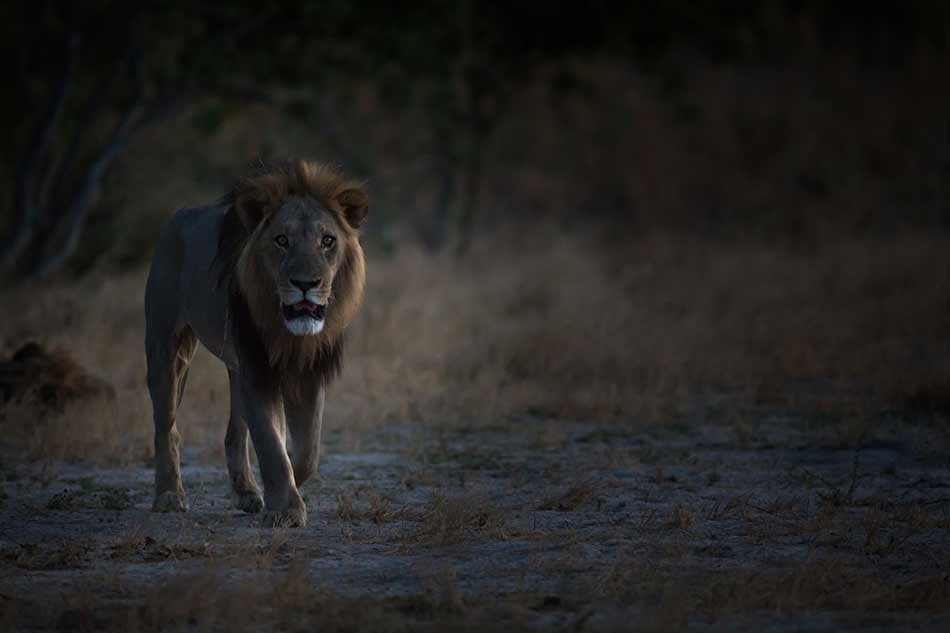
photo by David W. Shaw
There is no doubt that Africa is a photographer’s dream with varied landscapes, welcoming people, and an abundance of wildlife that is unparalleled.
Of course, among all that wildlife are Africa’s wild cats - a top subject for wildlife photographers exploring this beautiful continent.
Below, we highlight some of the big cats you’ll want to seek out on your next adventure to Africa as well as a few smaller species that aren’t as well known but are nonetheless a prime subject for your photos.
Table of Contents
- Wild Cats of Africa: Lions
- Wild Cats of Africa: Leopards
- Wild Cats of Africa: Cheetahs
- Wild Cats of Africa: Caracals
- Wild Cats of Africa: Black-Footed Cats
- Wild Cats of Africa: Servals
- Wild Cats of Africa: African Golden Cats
- Photographing Africa's Wild Cats
Wild Cats of Africa: Lions
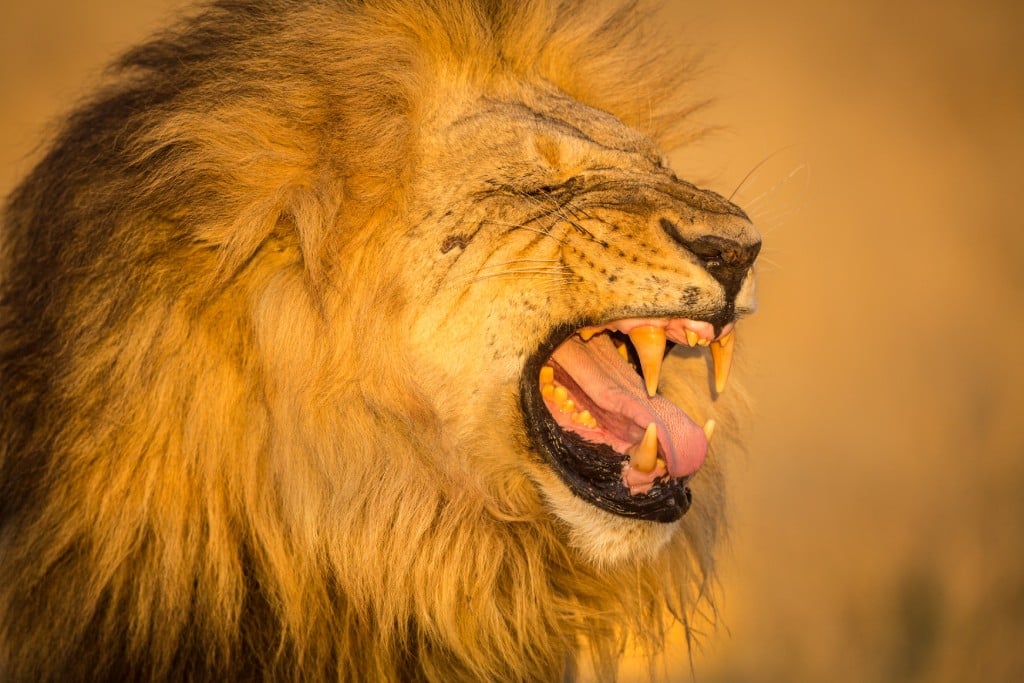
photo by David W. Shaw
Lions are found in the wild in both Asia and Africa, though in both places the range of these animals as well as their numbers have dwindled in the face of poaching, habitat loss, and other human activities.
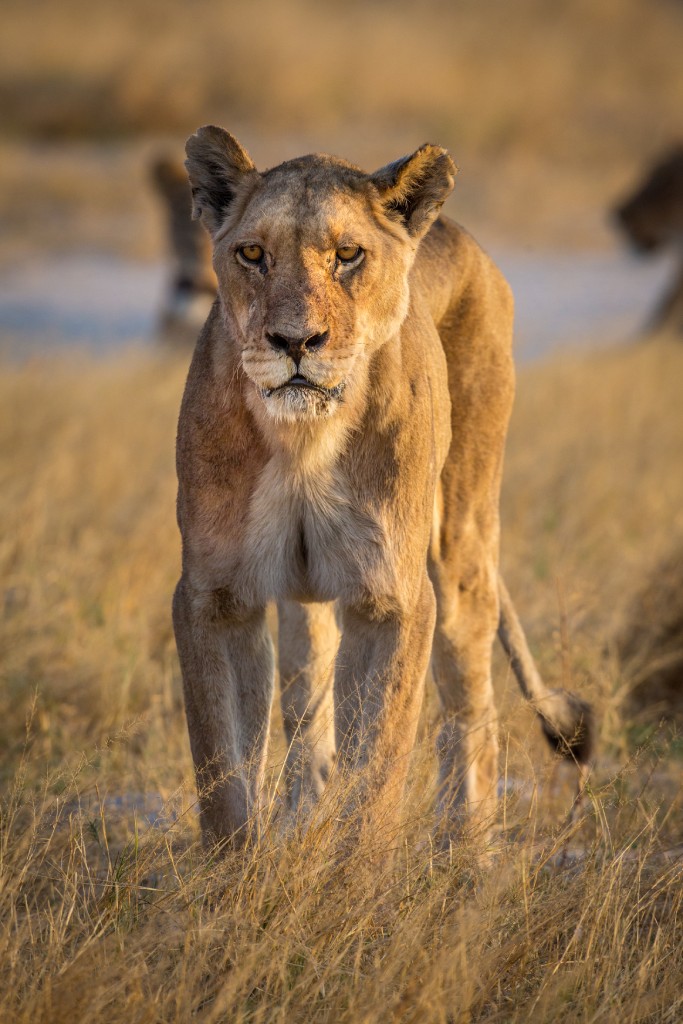
photo by David W. Shaw
In Africa, lions are still numerous in the North, where they prefer the grasslands of savannas. The largest cat in Africa, lions are apex predators and prey on virtually any other wildlife in their range, particularly ungulates.
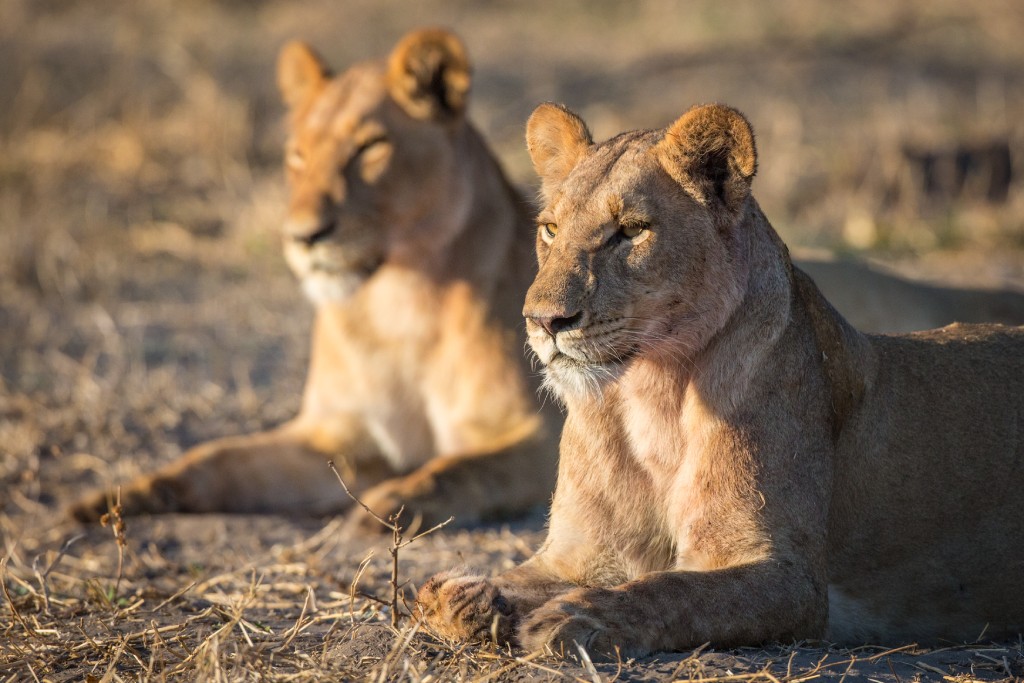
photo by David W. Shaw
Unlike many cat species, lions are extremely sociable, which makes for excellent photo opportunities of prides of lions together, young lions playing, and so forth.
Lion photography tip: Mix up your portraits of lions by shooting close-ups and wider shots. Close-ups give the viewer a better look at the lion’s features and small details like their whiskers, while wider shots put the lion in the context of its surrounding.
Wild Cats of Africa: Leopards
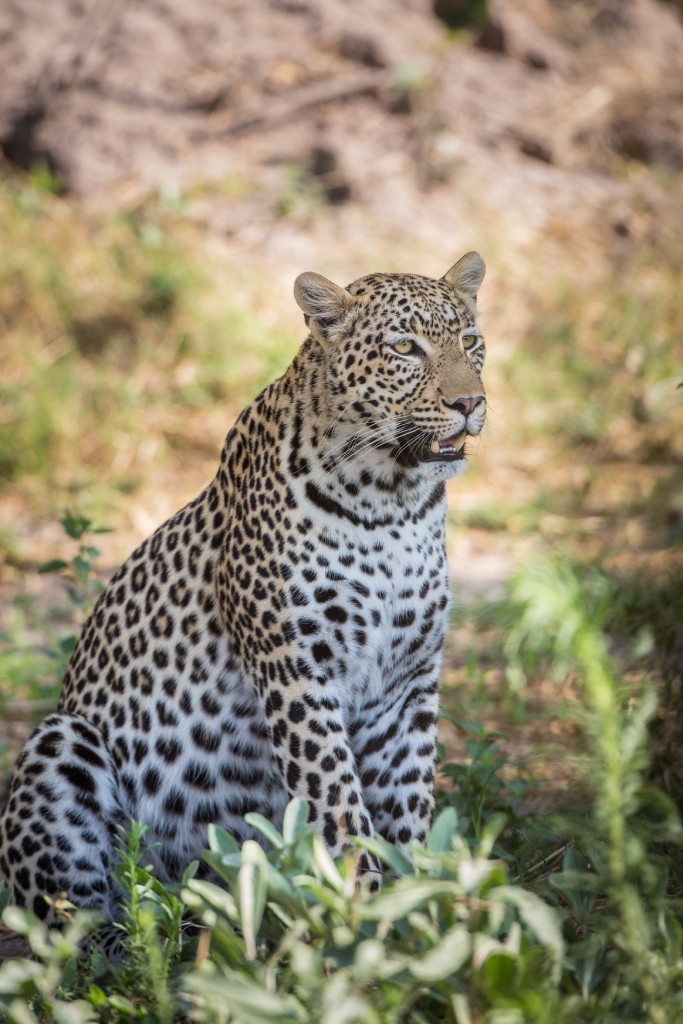
photo by David W. Shaw
Leopards, which are instantly recognizable thanks to their spots, typically range in sub-Saharan Africa.
However, unlike lions, which prefer open savannas, leopards are highly adaptable to many different environments and can thrive from savannas to rainforests thanks in part to being excellent climbers and swimmers.
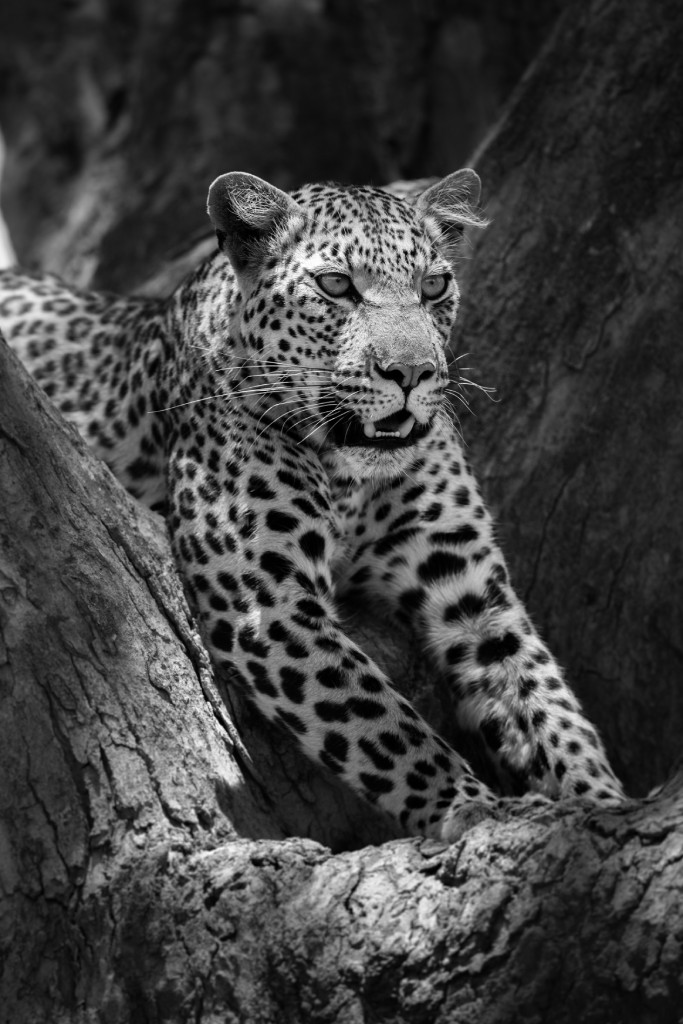
photo by David W. Shaw
Though smaller than lions, leopards are still enormous cats, with males often weighing up to 130 pounds and females weighing up to 88 pounds.
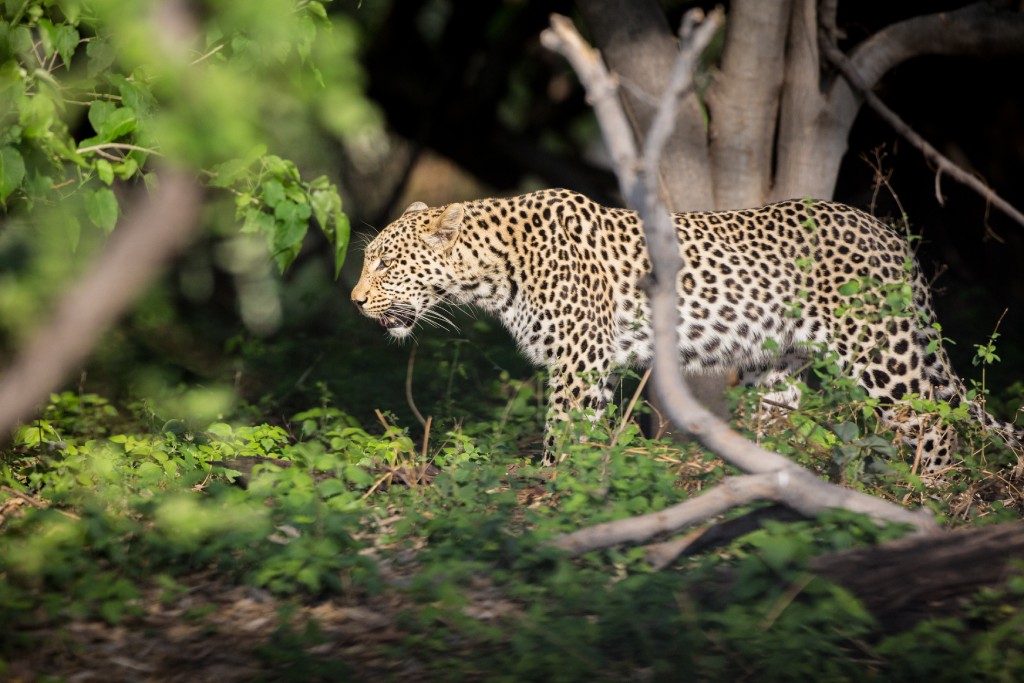
photo by David W. Shaw
Aside from their spots, the most identifiable feature of leopards is likely their speed, which can exceed 35 miles per hour.
Leopard photography tip: Photographing leopards (and any other African cats) requires immense patience. Don’t settle for shots of the leopard lounging in a tree. Instead, wait patiently for the cat to look up, turn their head, or otherwise move around for a more compelling shot.
Learn More:
- What is Botswana Known For?
Wild Cats of Africa: Cheetahs

photo by Stefonlinton via iStock
Like leopards, cheetahs are found in a variety of habitats from thick woodland areas to open savannas.
Naturally, open savannas are a prime area for cheetahs to hunt given that they can run full tilt, which can exceed 70 miles per hour in short bursts.
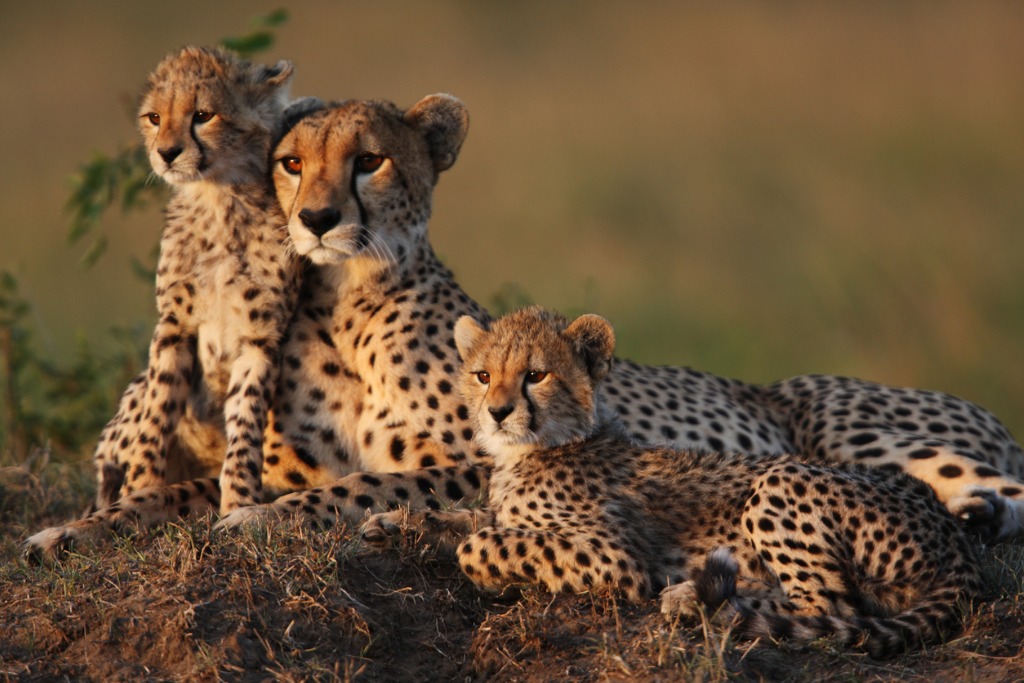
photo by GP232 via iStock
There are five subspecies of cheetah, four of which reside in Africa - the Tanzanian cheetah, the Sudan cheetah, the South African cheetah, and the Northwest African cheetah. Each species is vulnerable, with the exception of the Northwest African cheetah which is critically endangered.
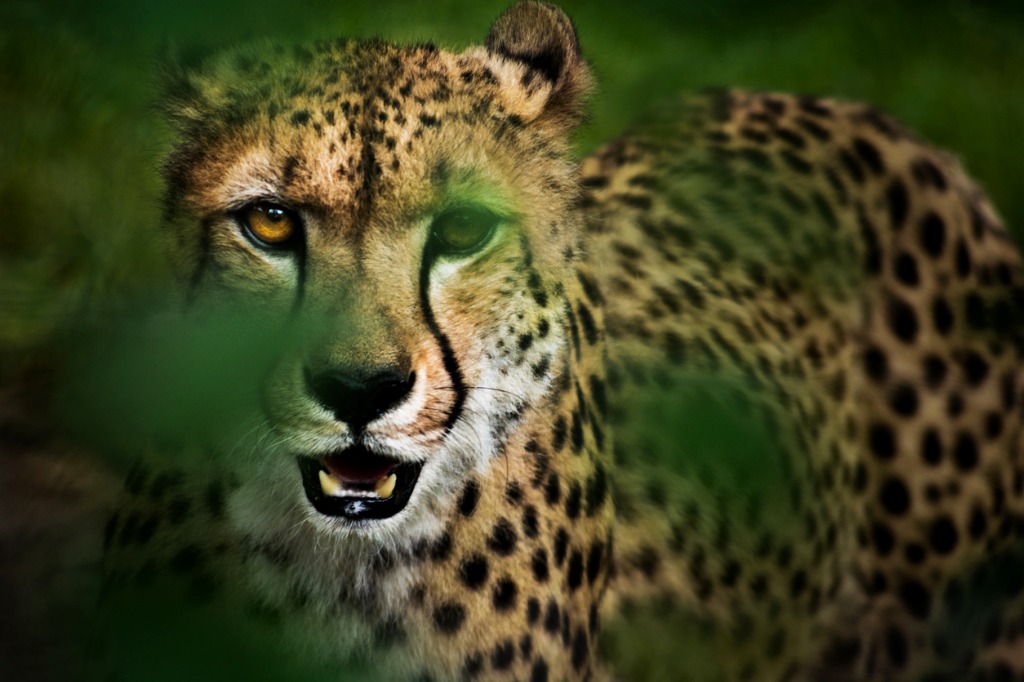
photo by Zocha_K via iStock
Aside from their blazing speed, cheetahs are perhaps best known for the black streaks on their face. Their spotted coat, deep chest, long tail, and slender build are further identifying features.
Cheetah photography tip: Cheetahs are more solitary than other big cats, though you can often spot mothers with cubs for taking “family portraits.” Likewise, be on the lookout for multiple males together. Typically, if males are together they are brothers and utilize one another’s help to bring down larger prey. Cheetahs are the least numerous of the big cats in Africa, so sightings of pairs and groups will make for a unique photo.
Wild Cats of Africa: Caracal
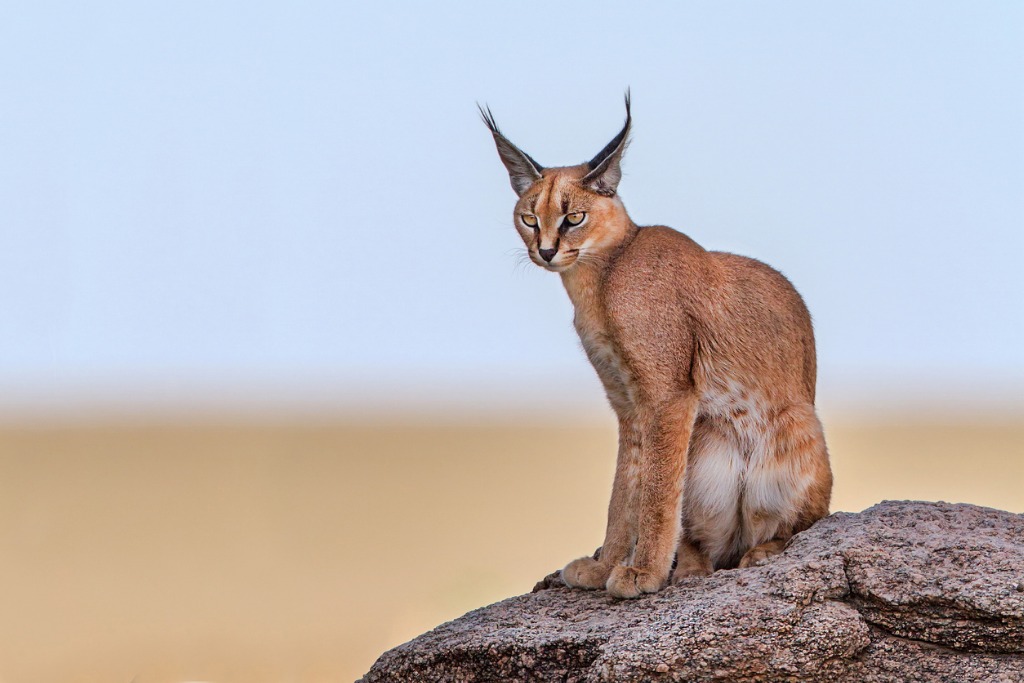
photo by alessandrocatta via iStock
Found in a variety of habitats including semi-deserts, forests, and savannas, caracals are extremely elusive and are mostly nocturnal with ranges that can include hundreds of square miles. As a result, they are difficult to photograph.
Their distinguishing feature is their ears, which have black tufts of fur at the tips, not unlike a Lynx. In the wild, they can have varying coat colors as well, ranging from black to reddish to sandy colored.
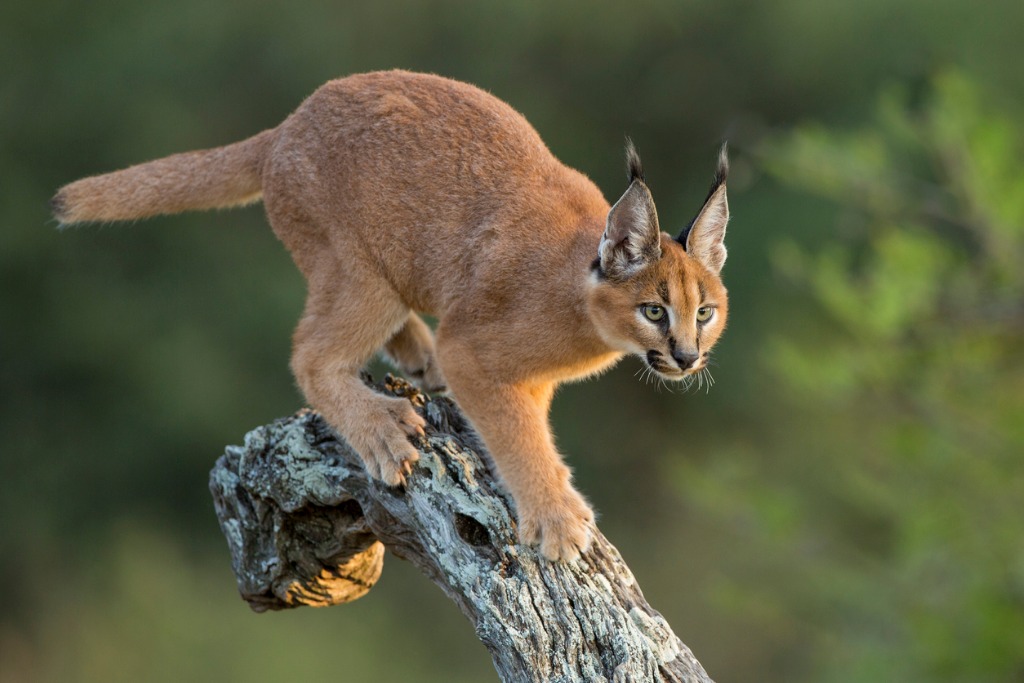
photo by StuPorts via iStock
This smaller cat - adults typically weigh around 25 pounds but can weigh as much as 40 pounds - feed mostly on rodents, birds, and small mammals. And while they are fast runners, with a max short-distance speed in excess of 50 miles per hour, their leaping ability is more impressive. Caracals can jump up to 16 feet high and snatch birds in flight right out of the sky.
Caracal photography tip: Photographing these cats is extremely difficult due to their elusive nature. Keep your eyes peeled for these cats as you explore Africa, particularly at dusk.
Learn More:
Wild Cats of Africa: Black-Footed Cat
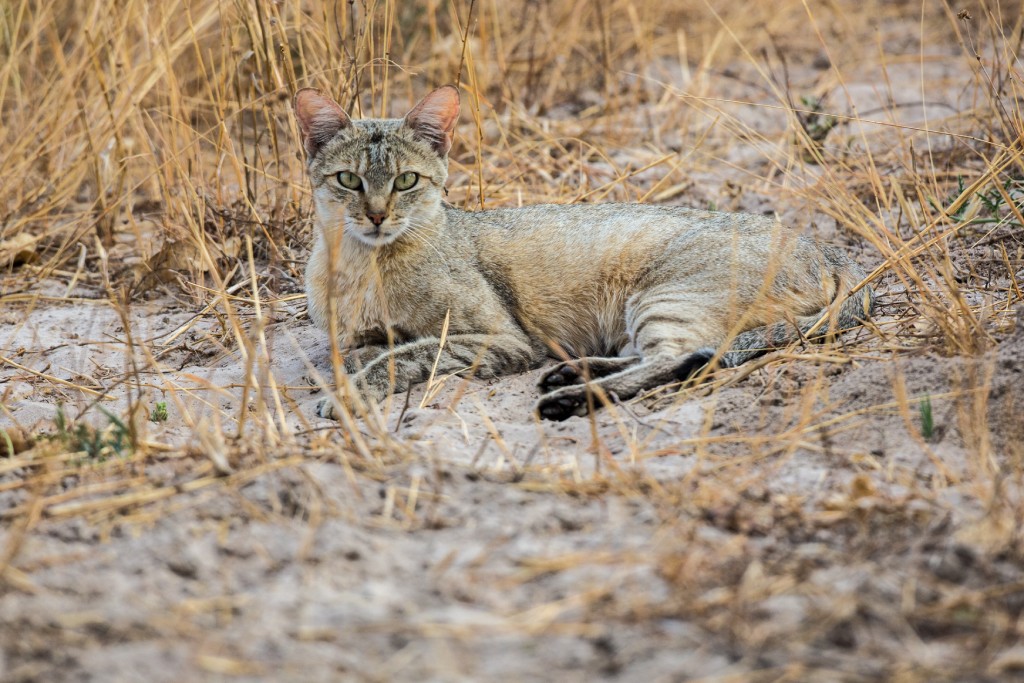
photo by David W. Shaw
As you might imagine, the black-footed cat gets its name from its distinctive black feet.
The smallest of the wild cats in Africa, this cat typically ranges in dry savannas, grasslands, and semi-desert areas where they feed primarily on small prey like birds, rodents, and rabbits.
Like caracals, black-footed cats are a rare sight in Africa thanks to their nocturnal nature and solitary existence. During the day, they rest in abandoned burrows of other animals or even in old termite mounds. Complicating matters is that these cats rarely drink water because they absorb moisture from their prey, so spotting them at watering holes is unlikely.
Black-footed cat photography tip: Perhaps the best time to photograph these cats is after young are born, which is typically in November and December. Mother cats will be more active looking for food for her young and once the young are old enough to emerge from the den, you might be lucky enough to spot them.
Wild Cats of Africa: Serval
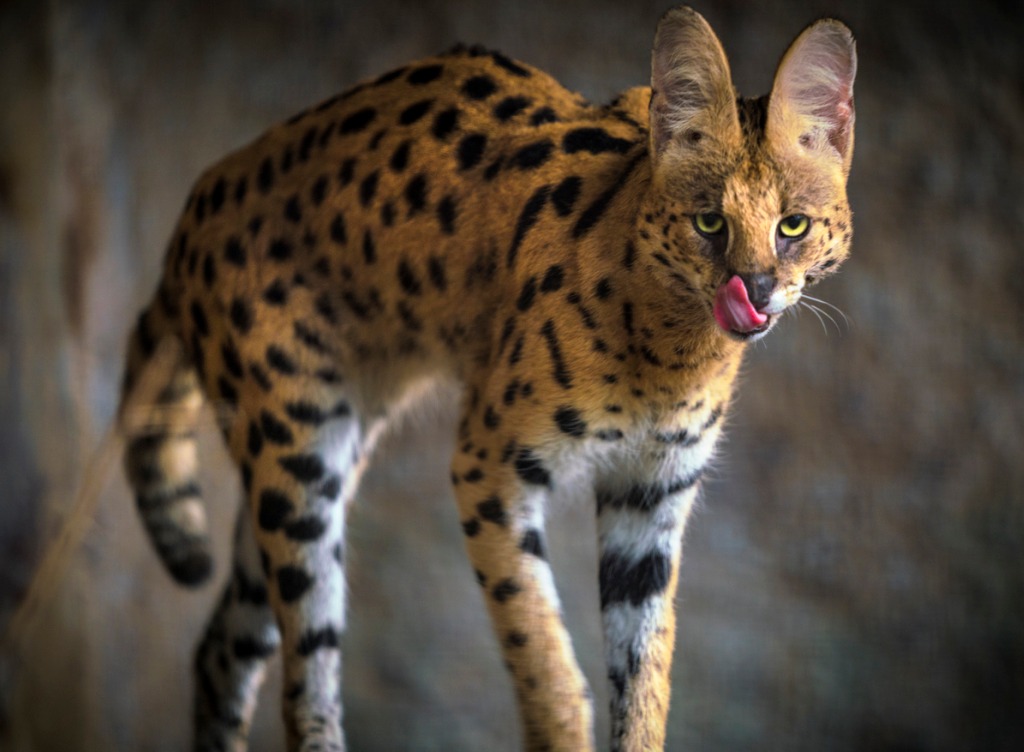
photo by Gypsy Picture Show via iStock
Servals, unlike black-footed cats, prefer habitats near water.
Larger than black-footed cats, servals are about the same size as caracals. Likewise, servals have interesting ears, which are extremely large in comparison to its body size. Its large ears are used like radar so the animal can zero in on the location of prey. Another identifying feature of the serval is its extremely long legs.
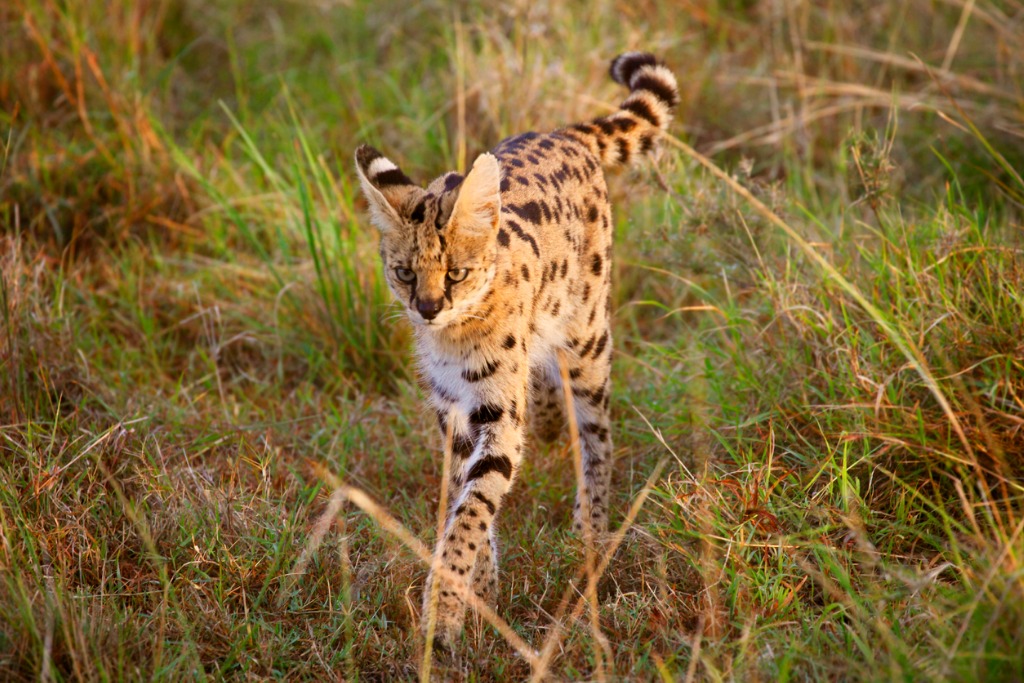
photo by narvikk via iStock
Servals are active during the day as well as the night, so they’re easier to spot and photograph than some of the other smaller cats in Africa.
Serval photography tip: Since servals are solitary animals, mating season provides increased opportunities for photographing them. Though these cats have no set mating season, the spring is the most likely time when you’ll find mates together.
Wild Cats of Africa: African Golden Cat
The African golden cat typically lives in bamboo forests, rainforests, and high moorlands in West and Central Africa.
Of the cats outlined here, this one is by far the most elusive, and as a result, photographing it in the wild is a rarity. Beyond that, not nearly as much is known about this cat given its propensity to stay away from humans and other animals.
Get a look at the elusive African Golden Cat in the video above by National Geographic.
Photographing Africa’s Wild Cats
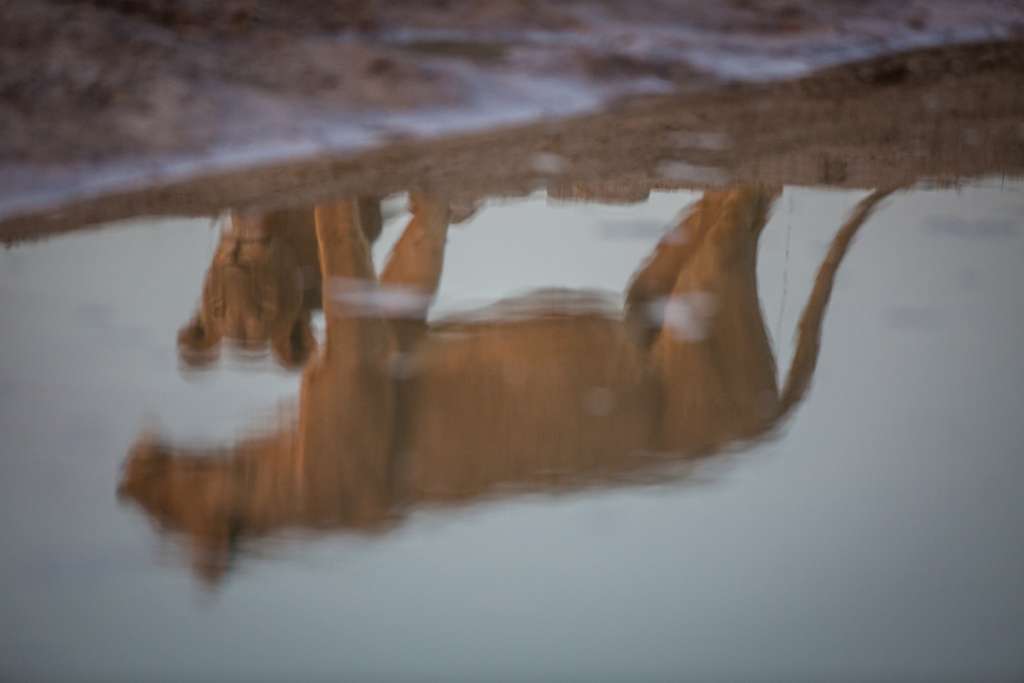
photo by David W. Shaw
As noted several times above, some of these cats are extremely elusive, making them difficult to photograph.
Having a knowledge of their behavior and characteristics will certainly help you plan your visit to Africa to capitalize on the best timing for photographing these cats.
Of course, venturing to Africa on a photo tour is the best way to see these cats (and Africa’s other magnificent wildlife). Participating in a small-group tour means you don’t have to plan your itinerary or book your accommodations in-country. Instead, you can sit back, relax, and enjoy individual instruction on how to improve your photography skills.
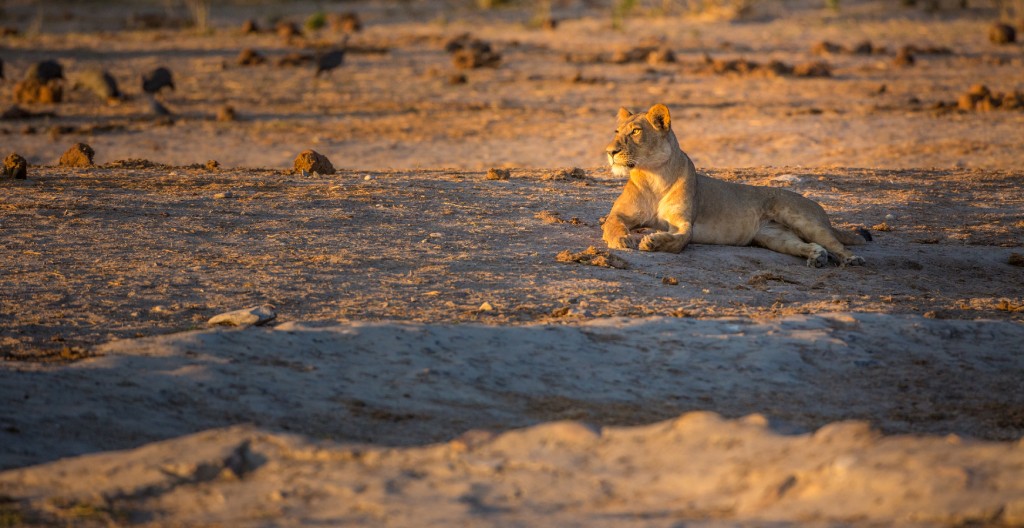
photo by David W. Shaw
A trip like this is best had with a professional photographer that has an intimate knowledge of wildlife. After all, who better than a biologist to understand the behavior and habitat of Africa’s cats?
David W. Shaw is one such man, a pro photographer with both undergraduate and master’s degrees in biology. With his knowledge of these disciplines, you’ll find yourself in a prime position to capture the best possible photos of African cats and other wildlife.
Additionally, what sets Dave’s workshops and tours apart from others is the off-the-beaten-path locations you get to explore. You won’t have to fight for position among a sea of other tourists; instead, you’ll often find yourself in the wild, just your small group and Africa’s beauty to keep you company.
For details on Dave’s upcoming Discover Botswana Workshop, visit his website.
